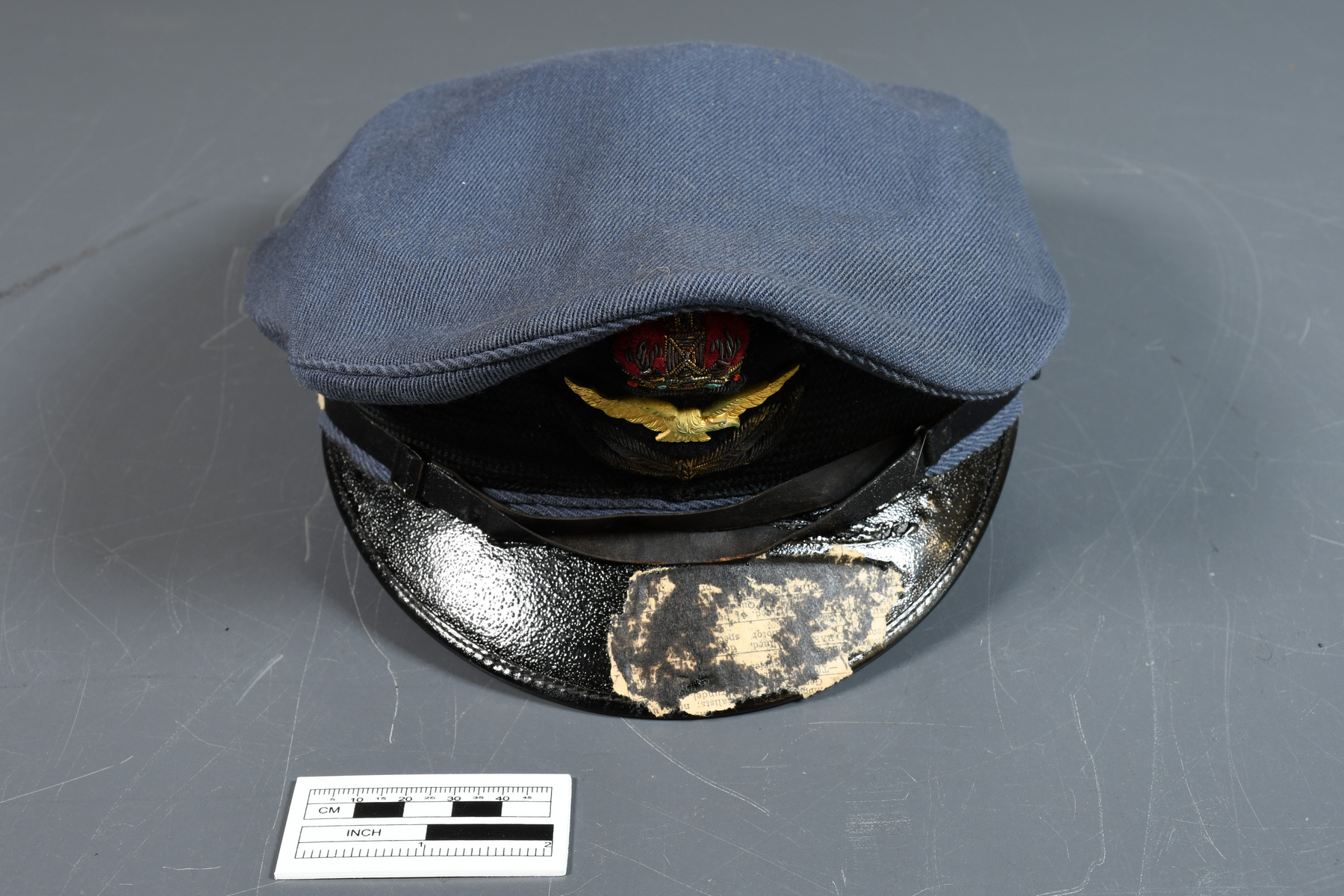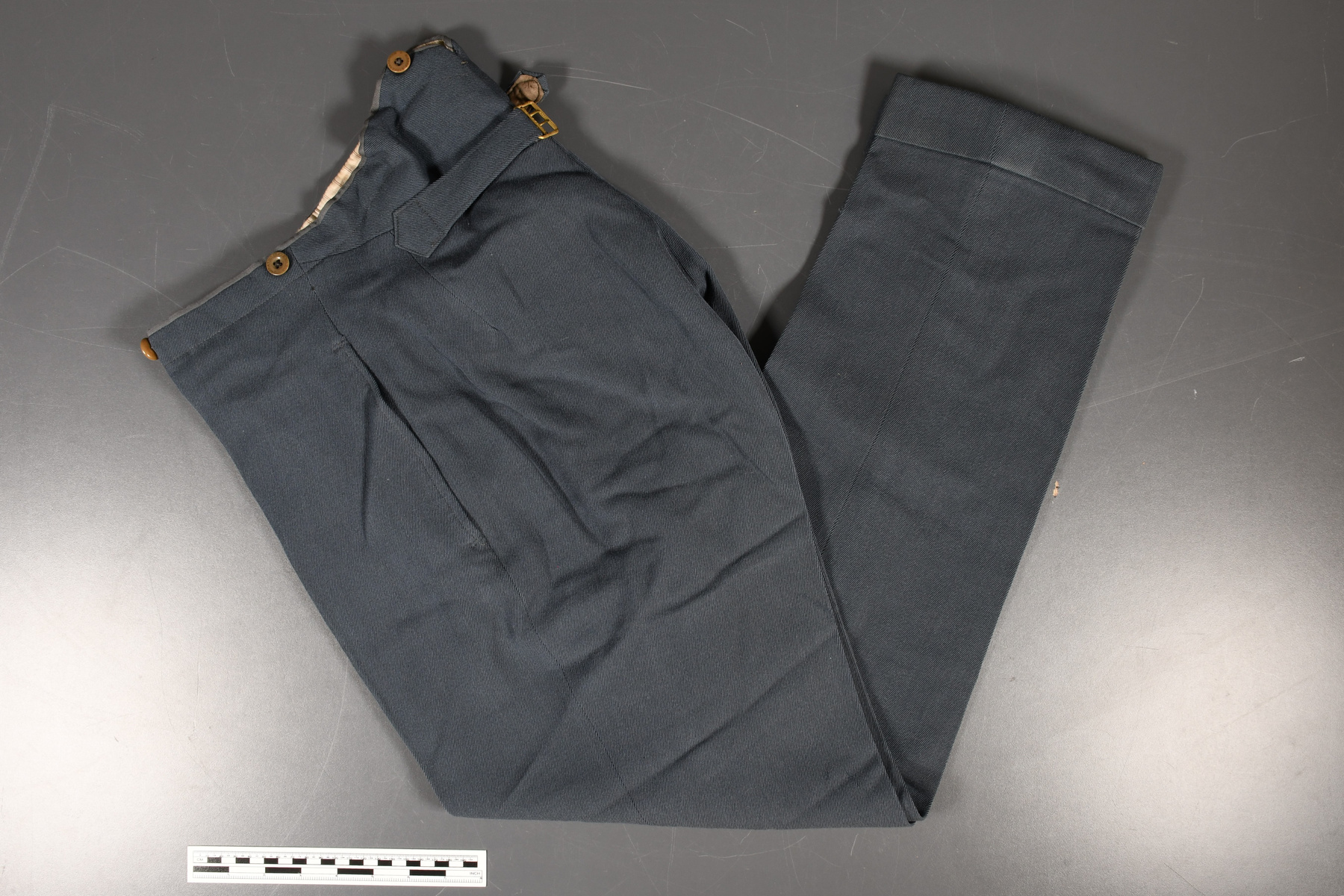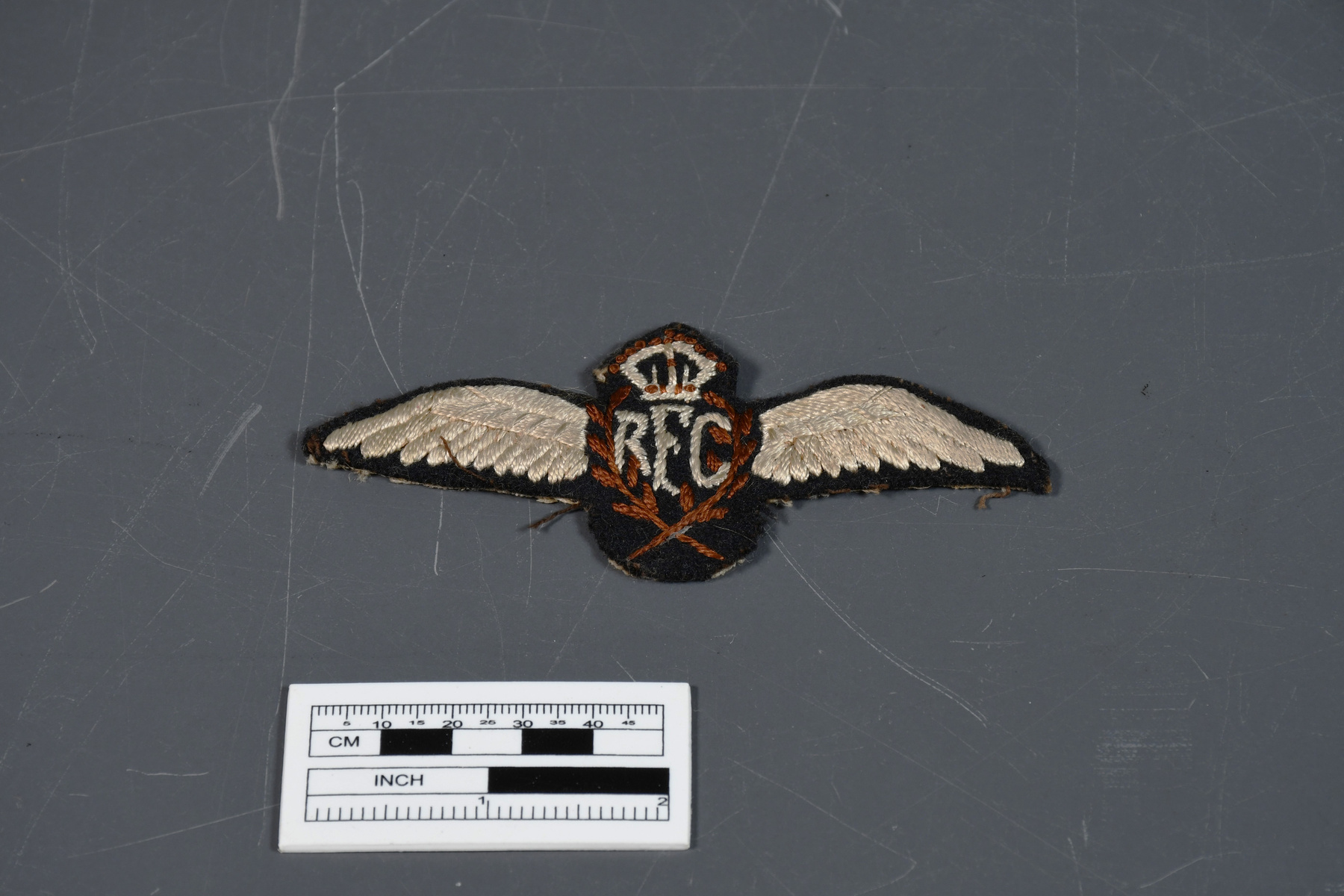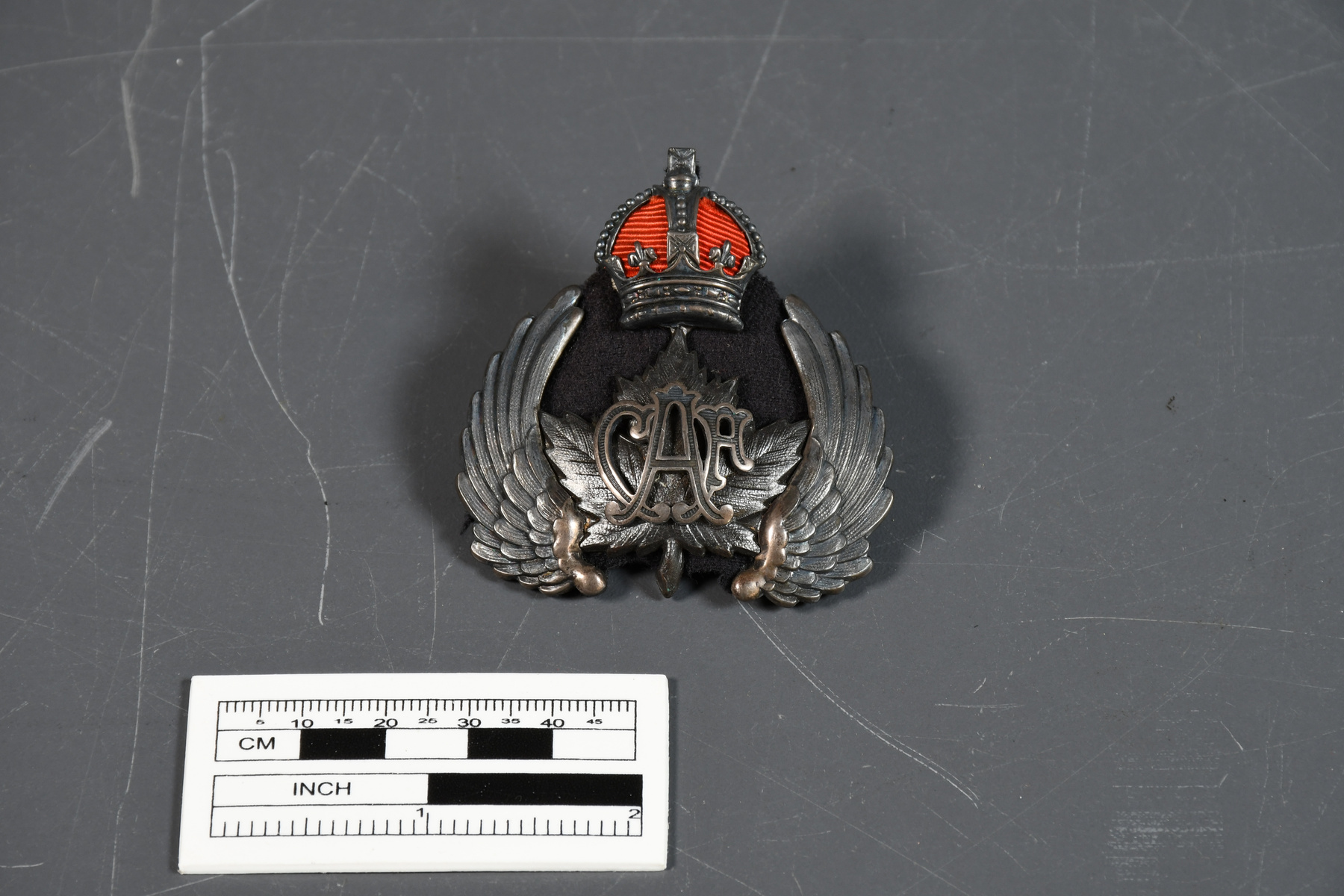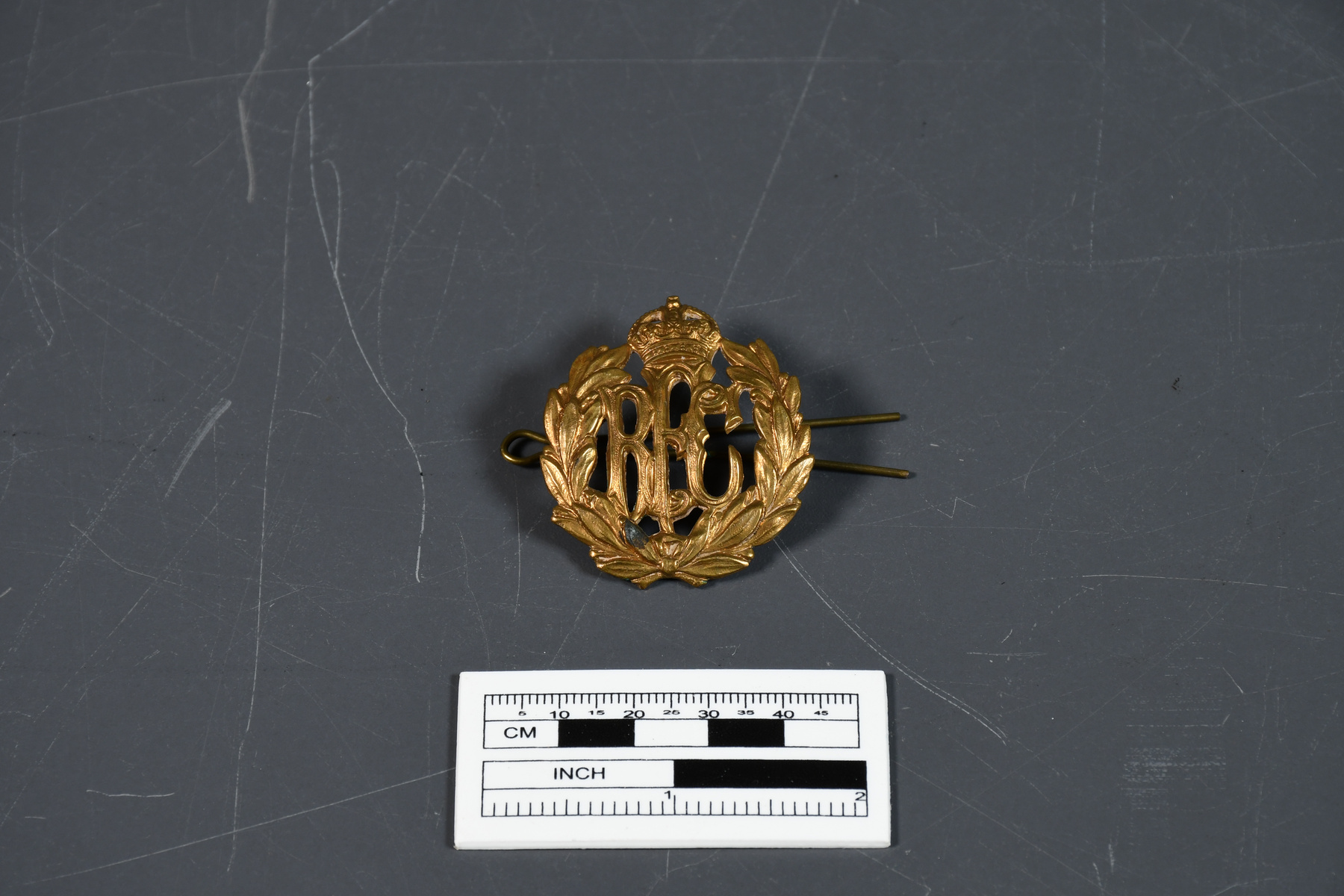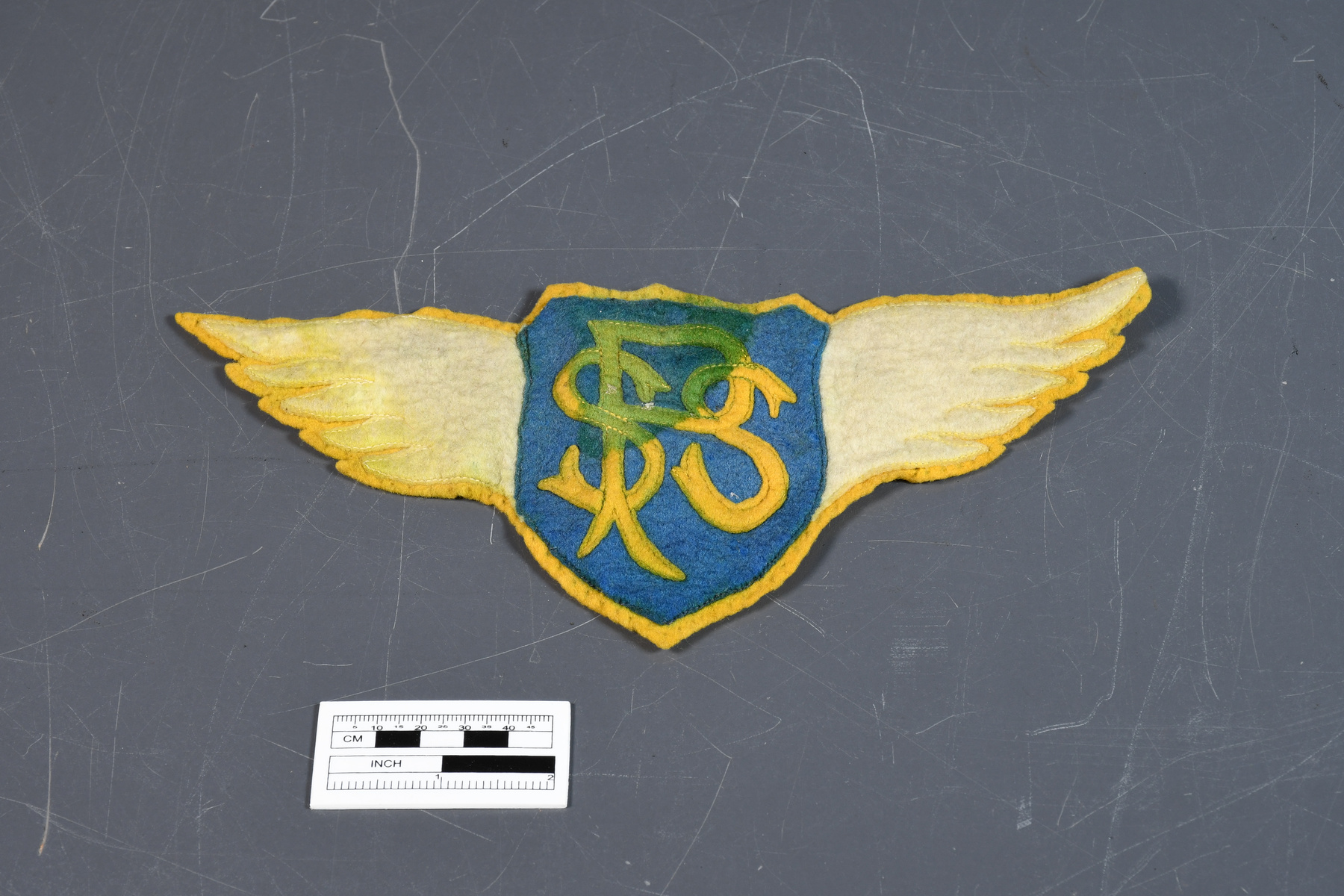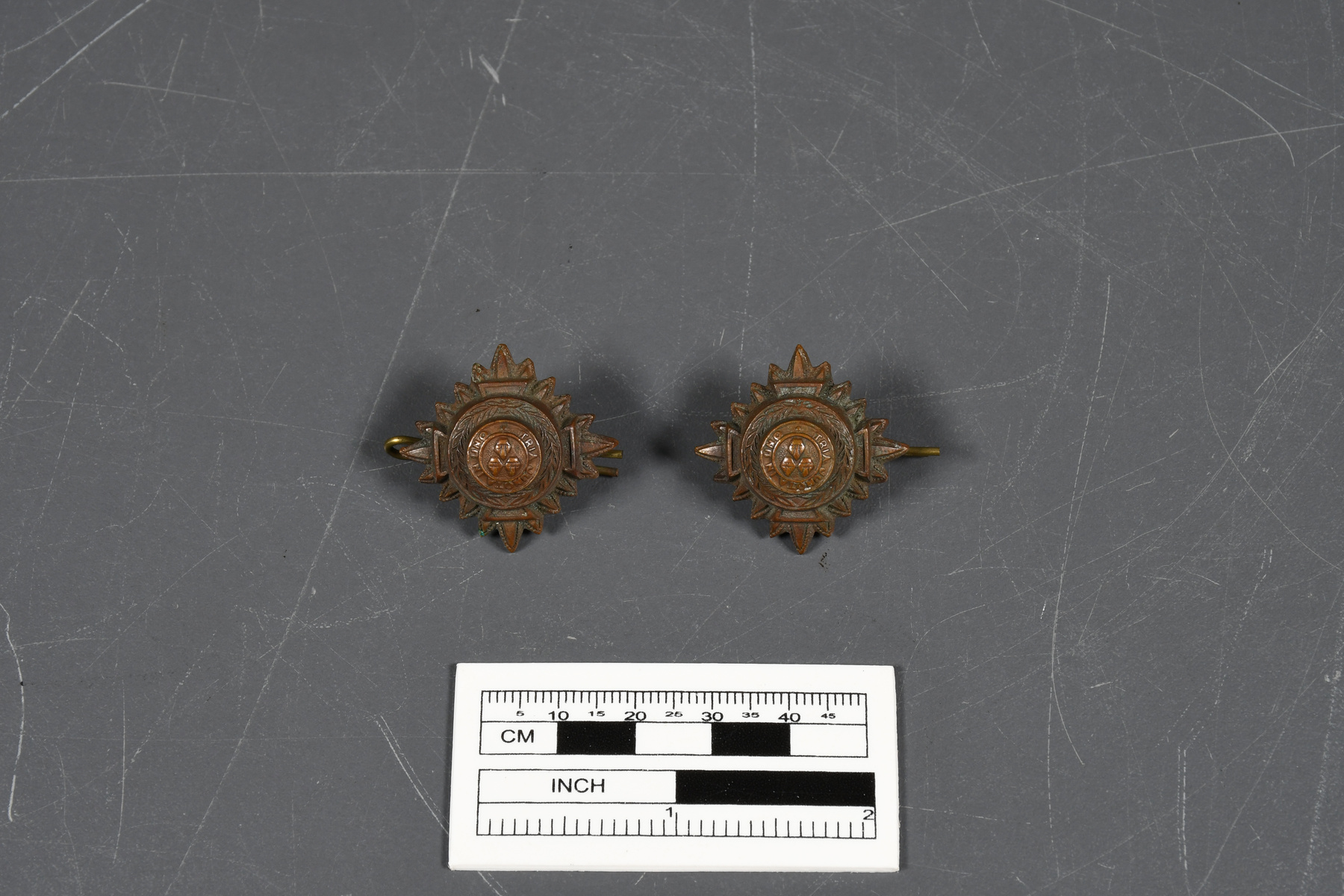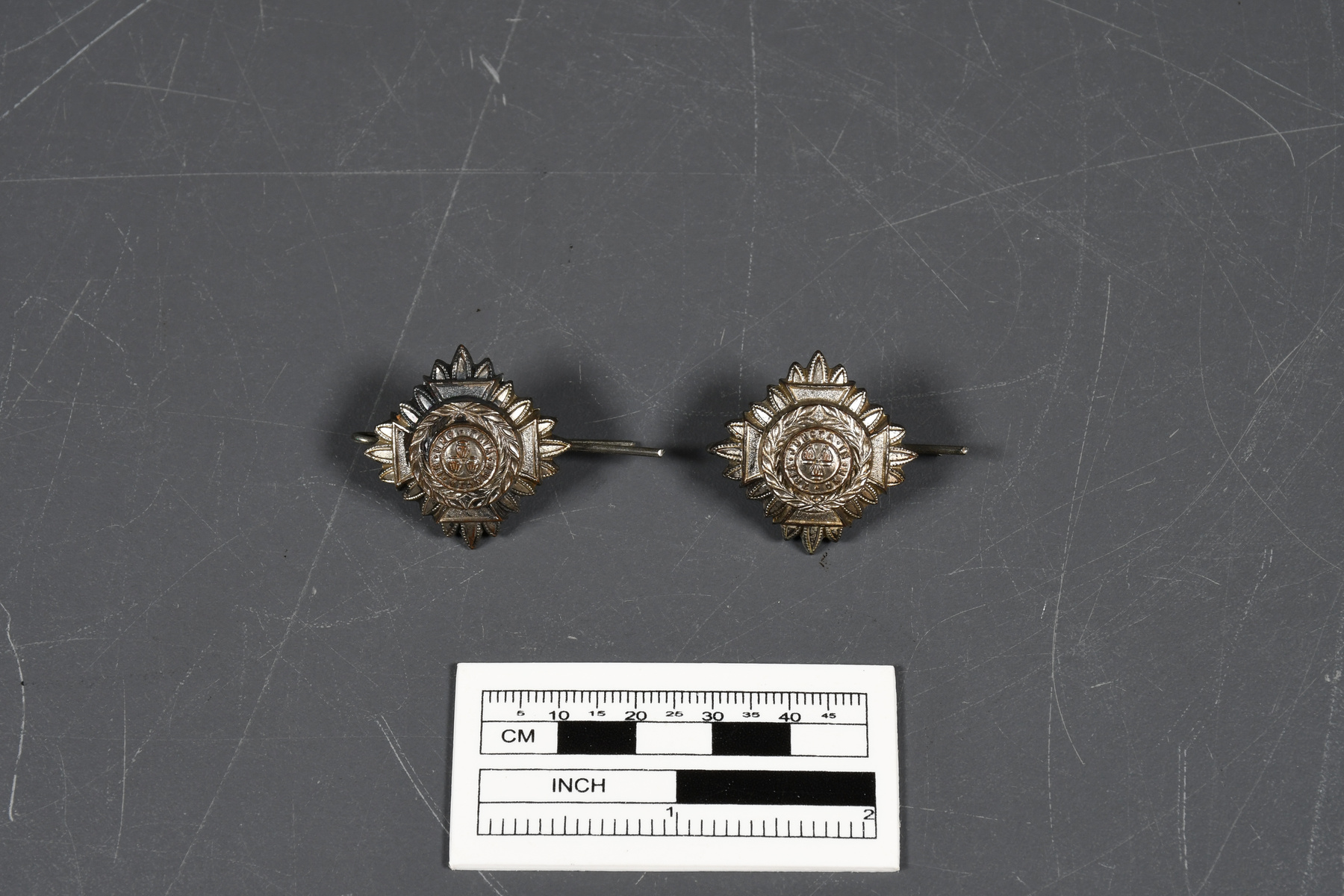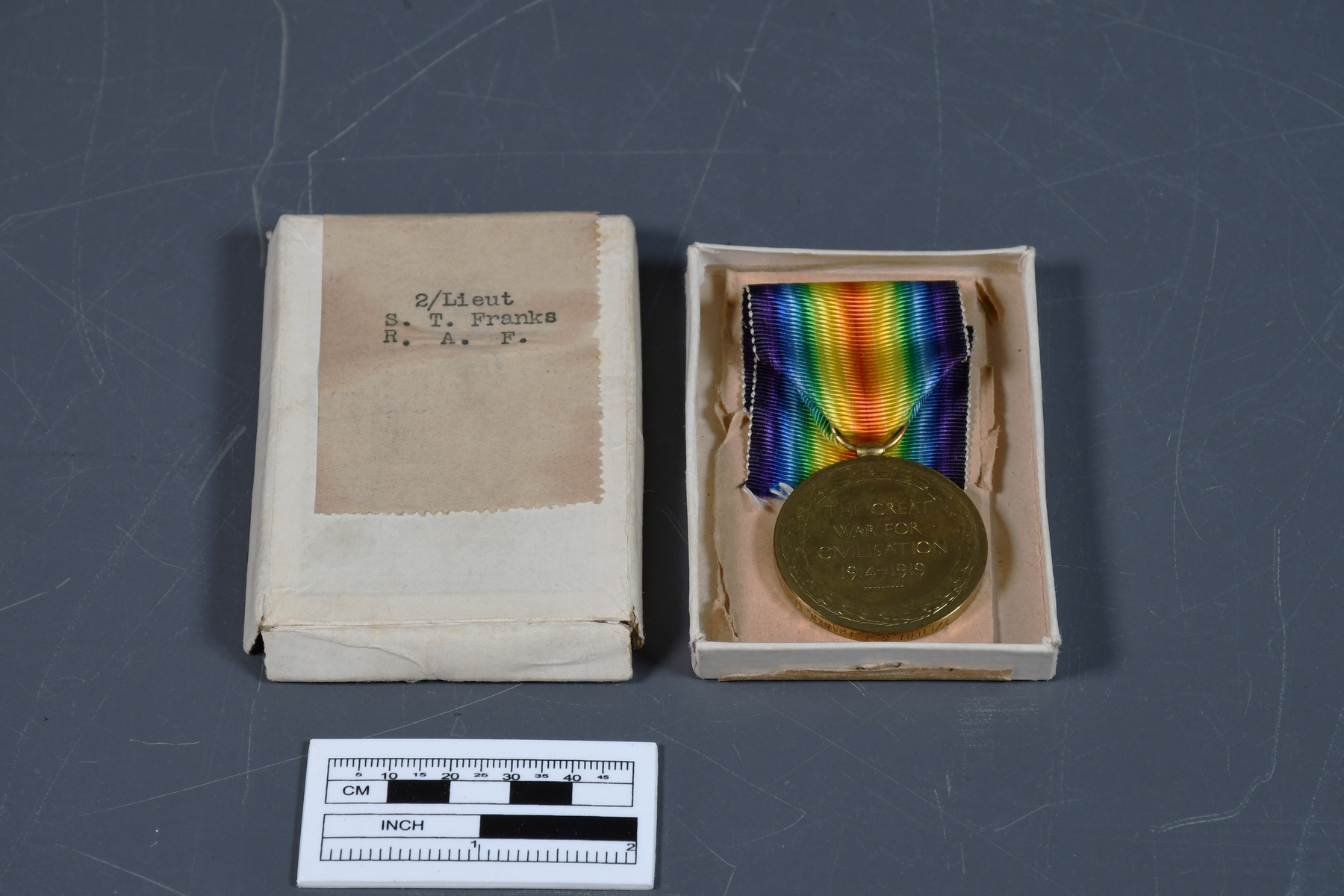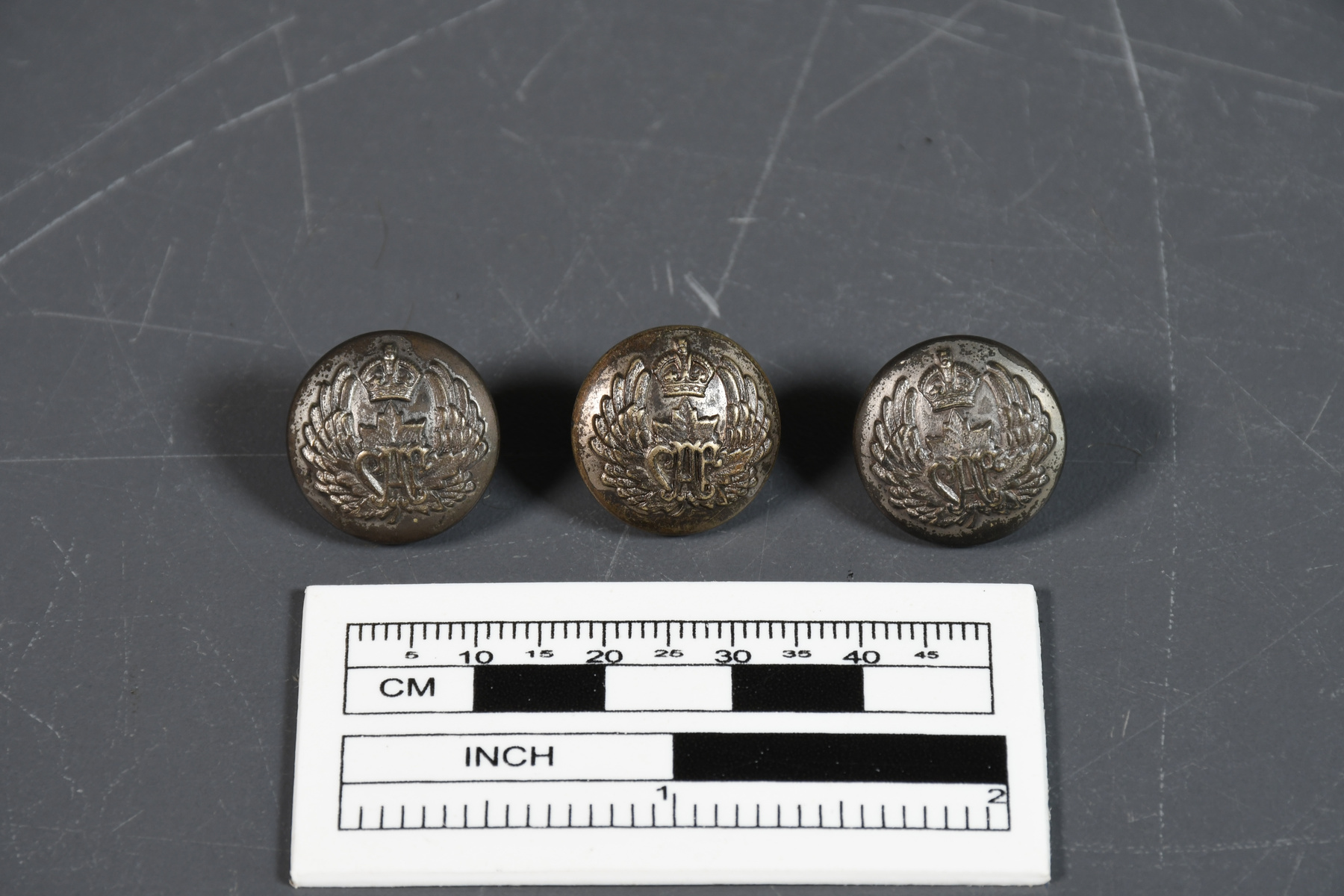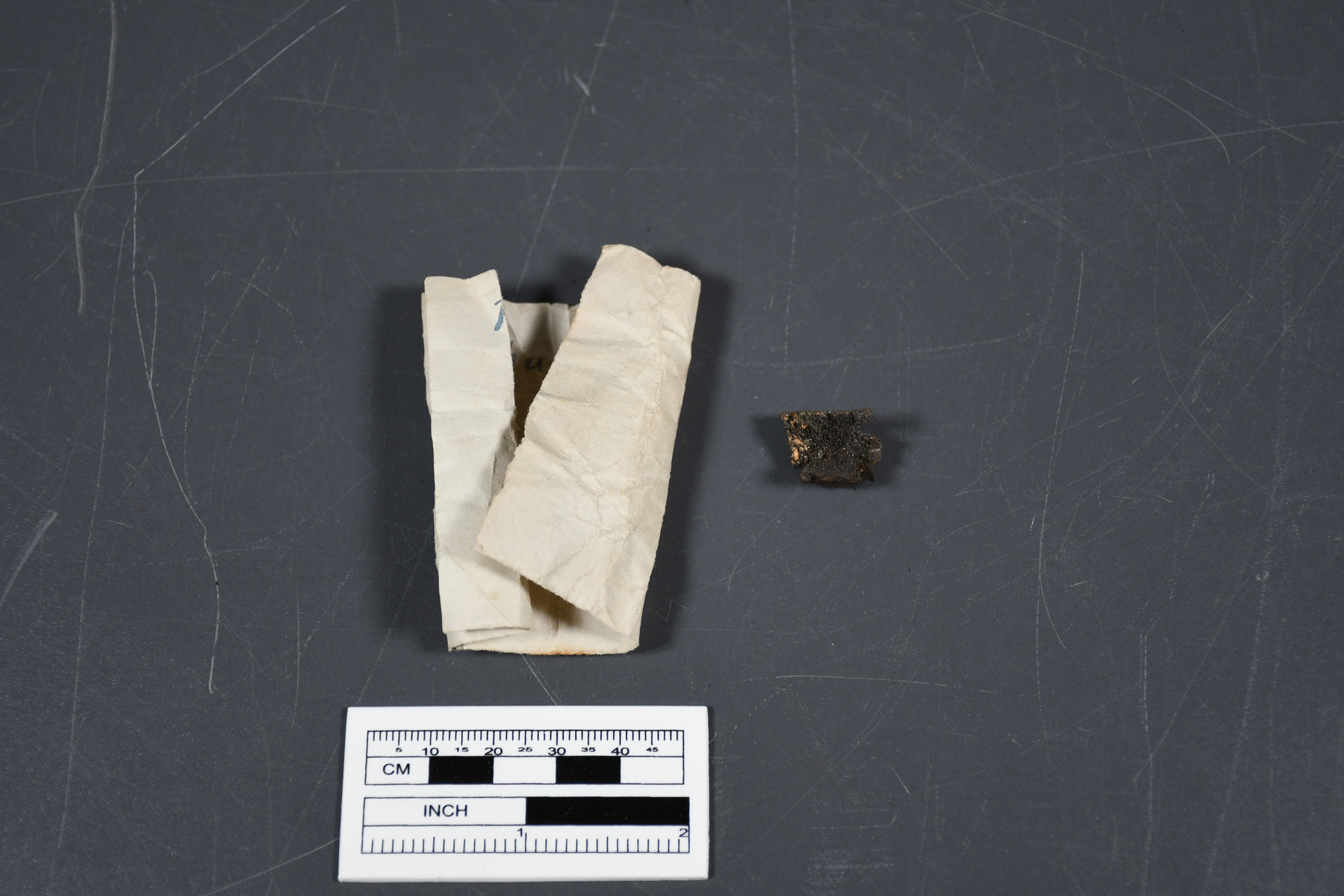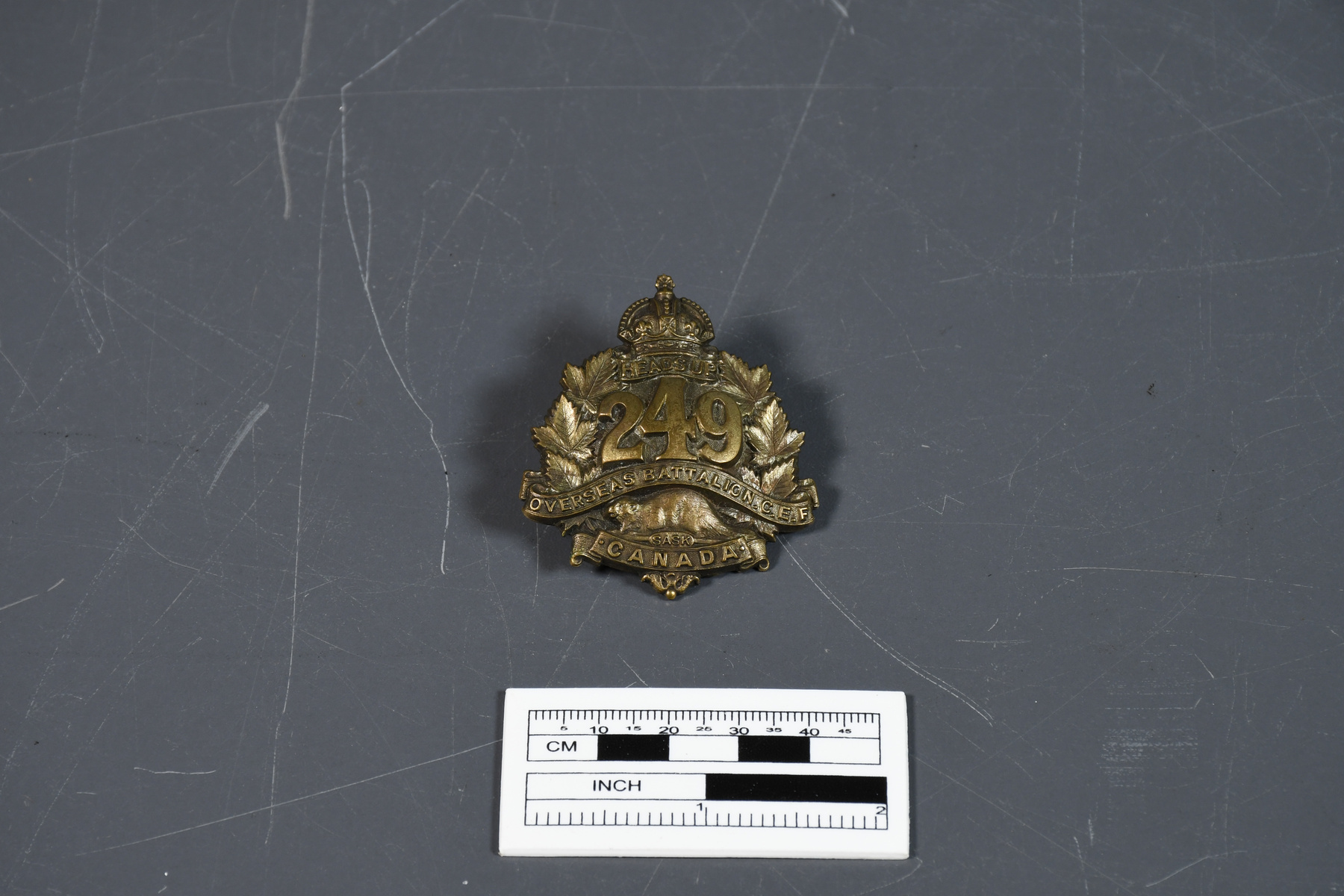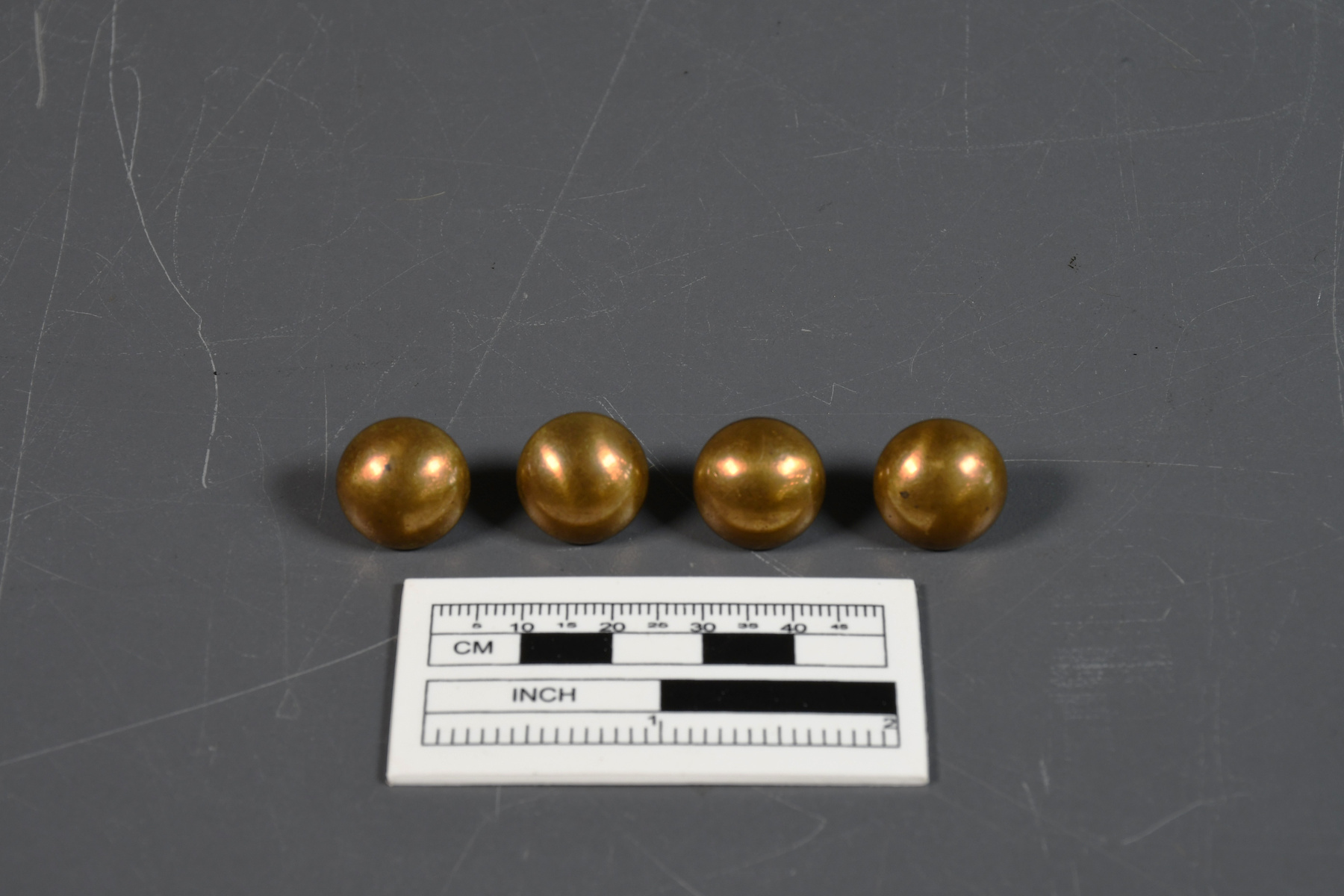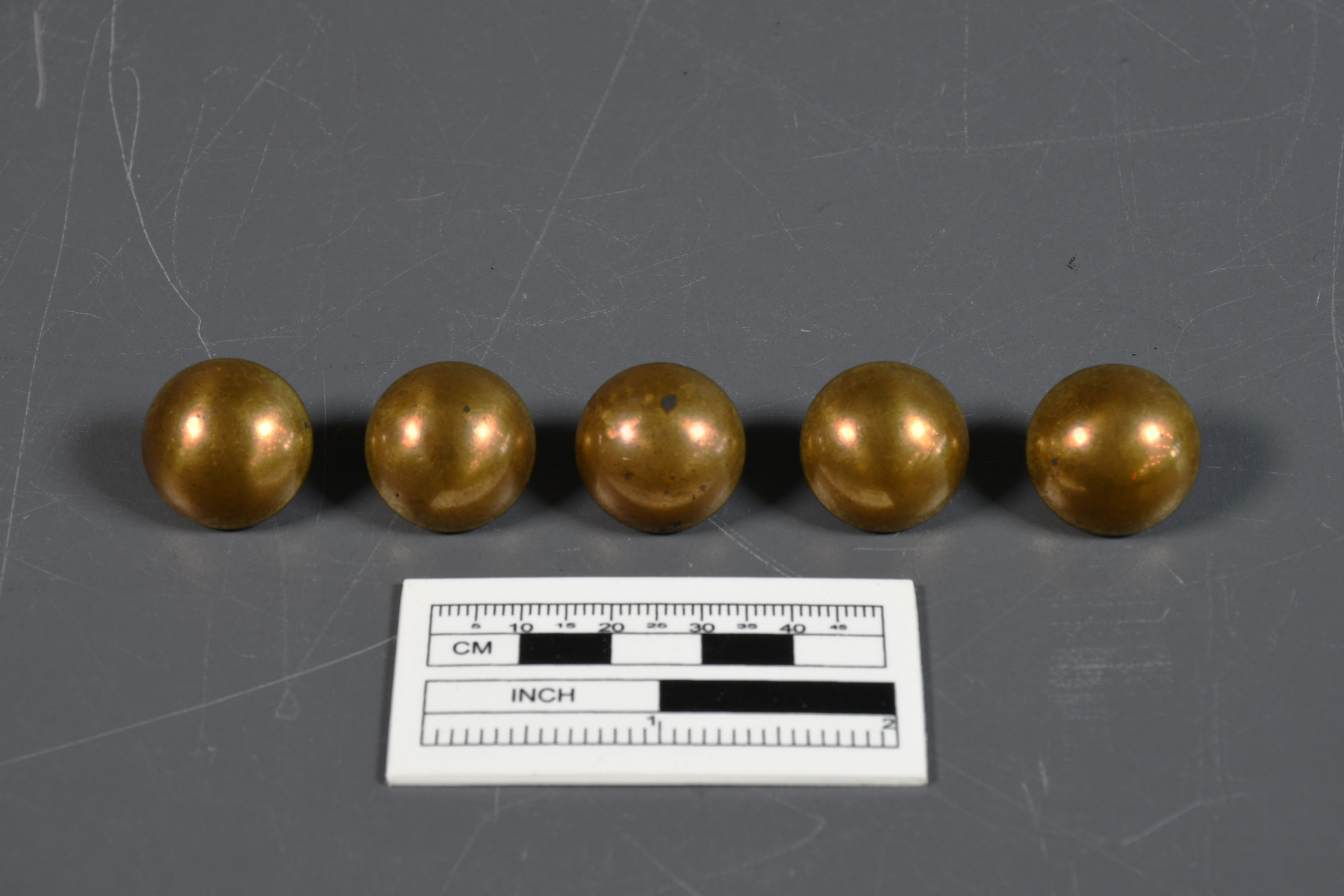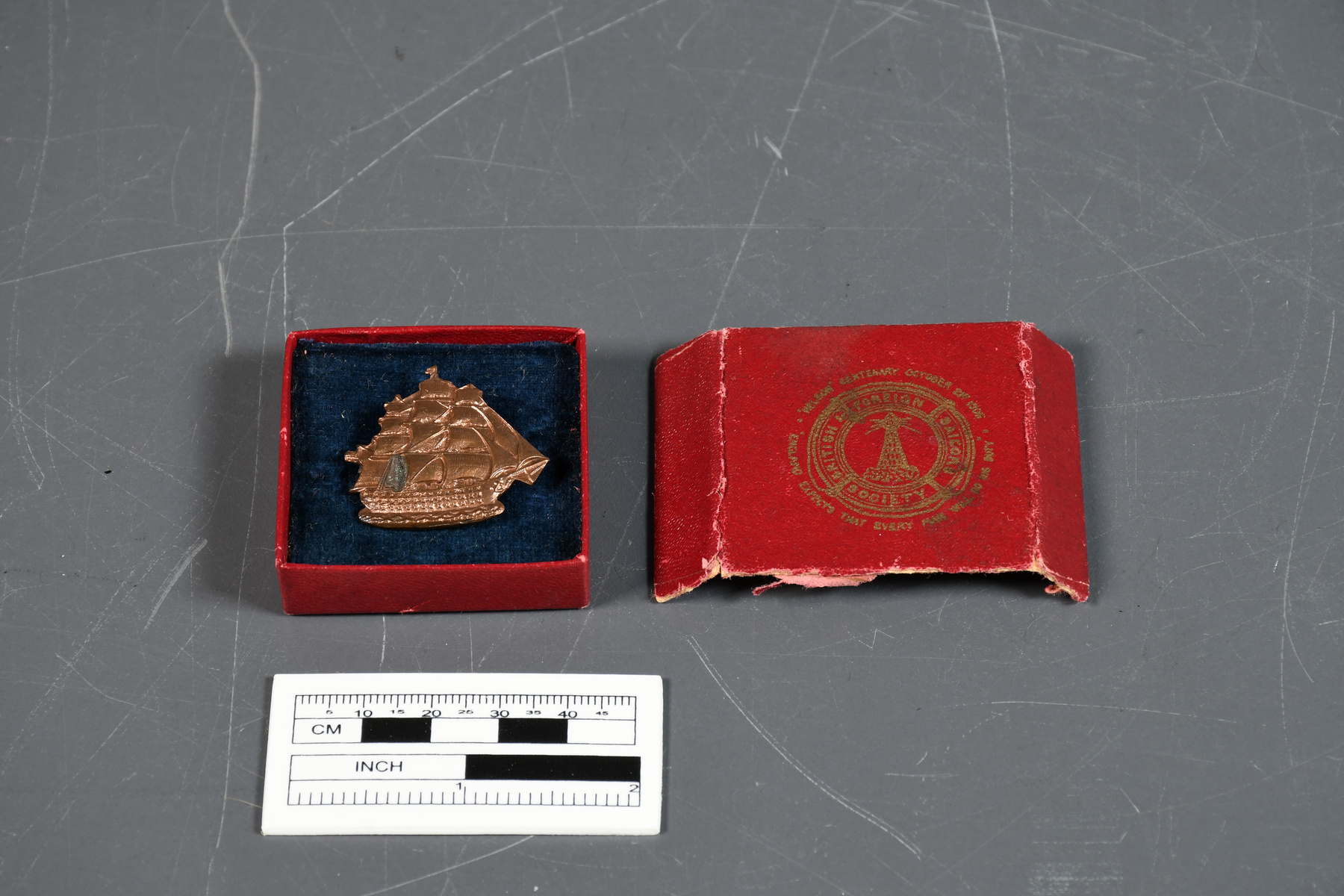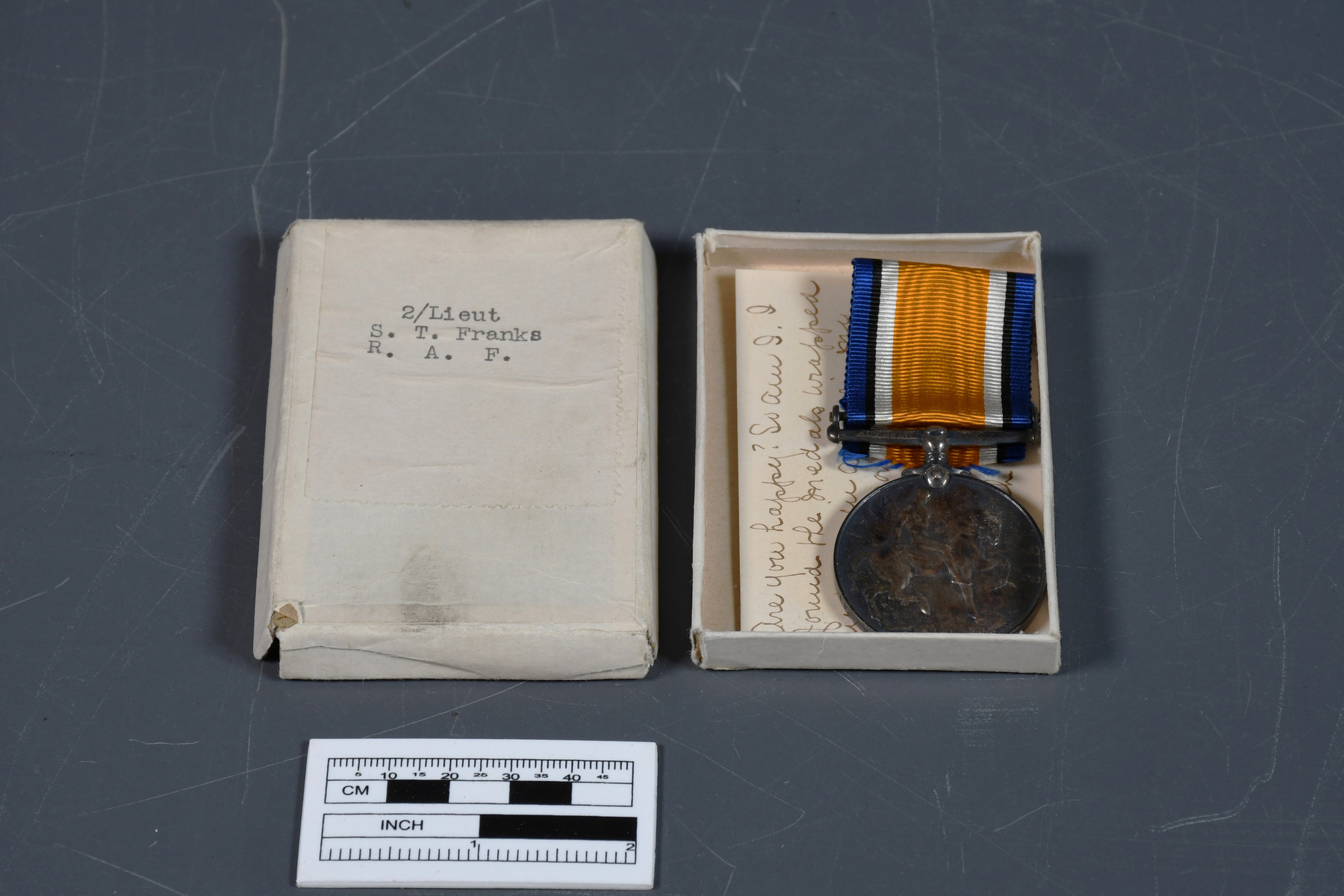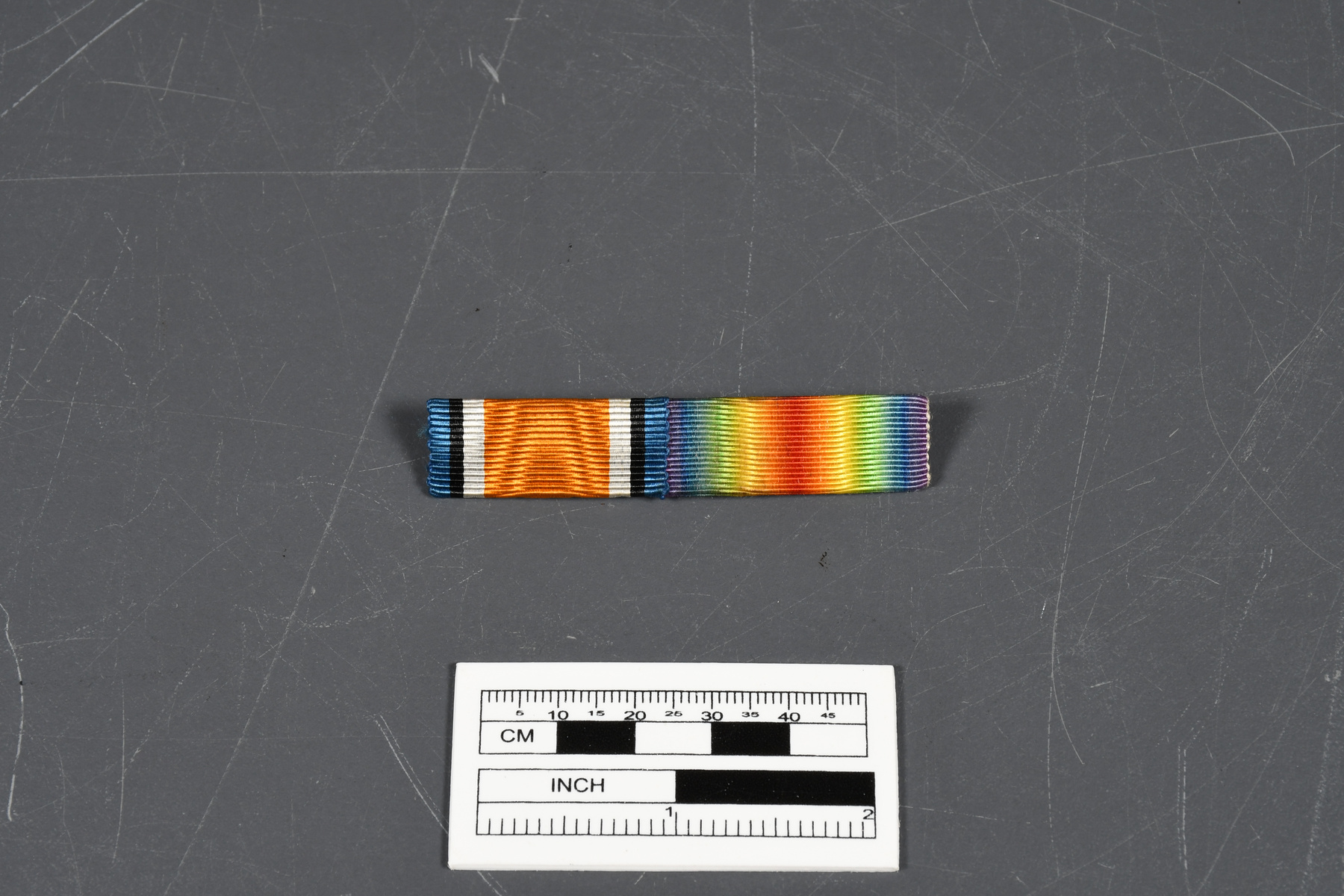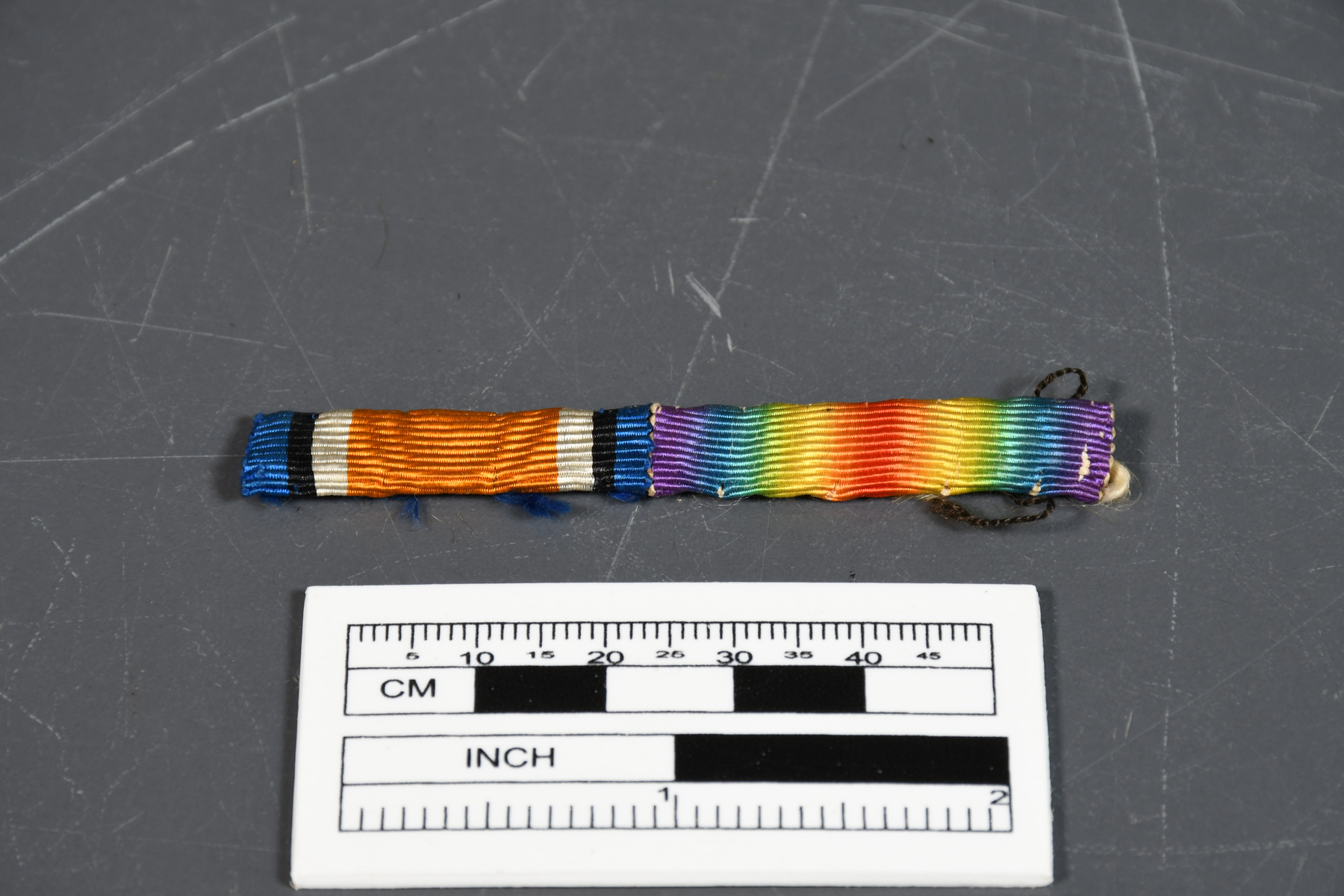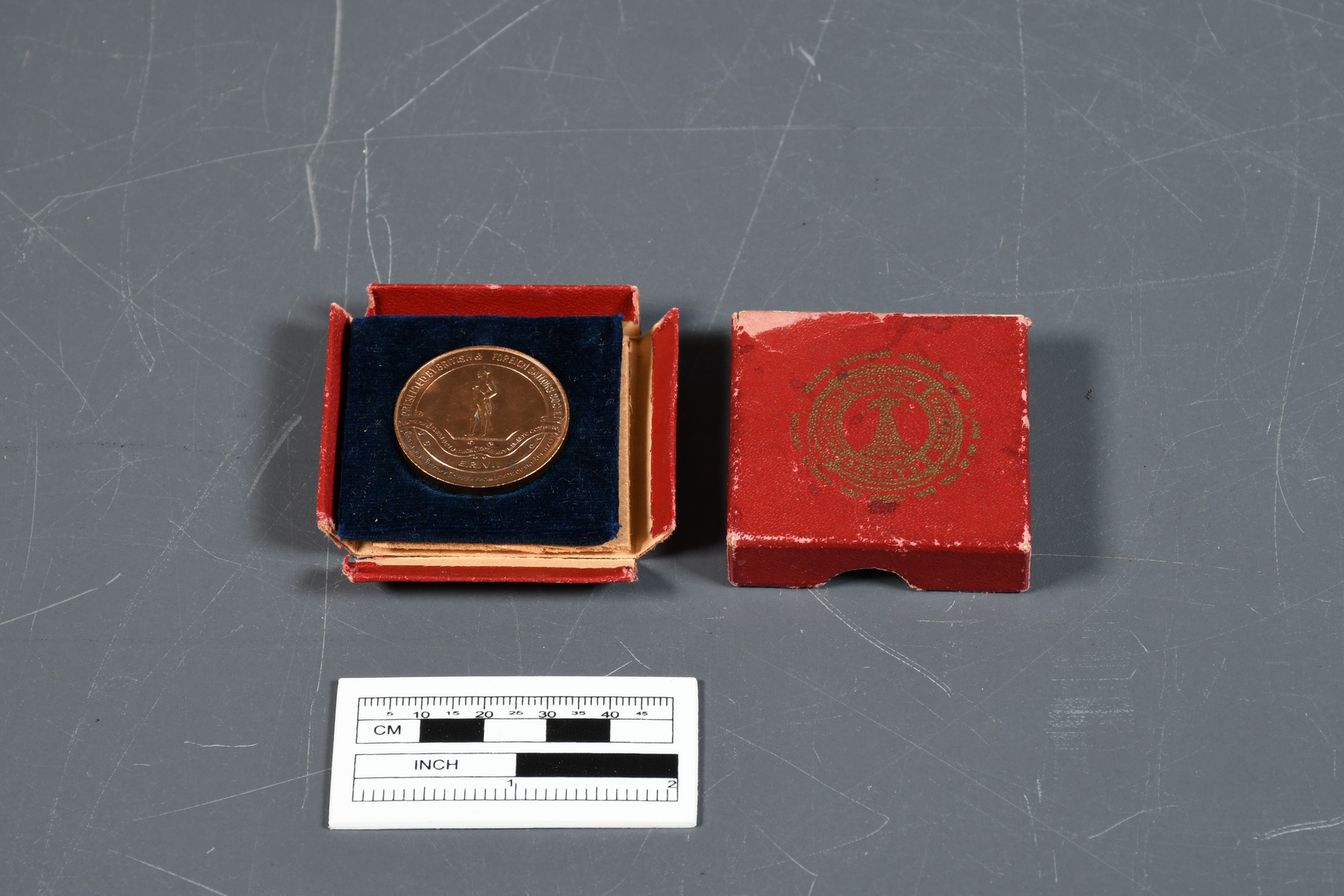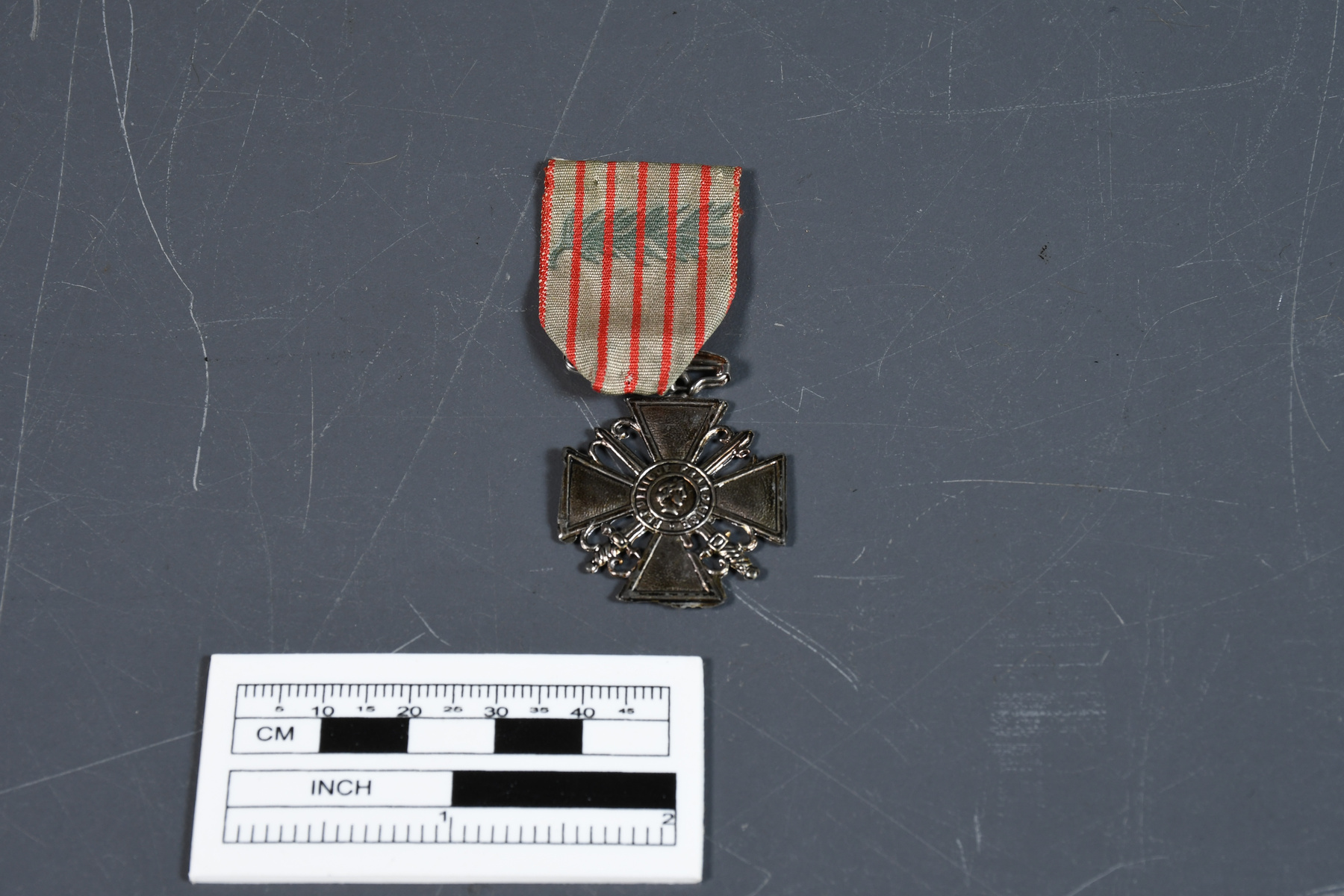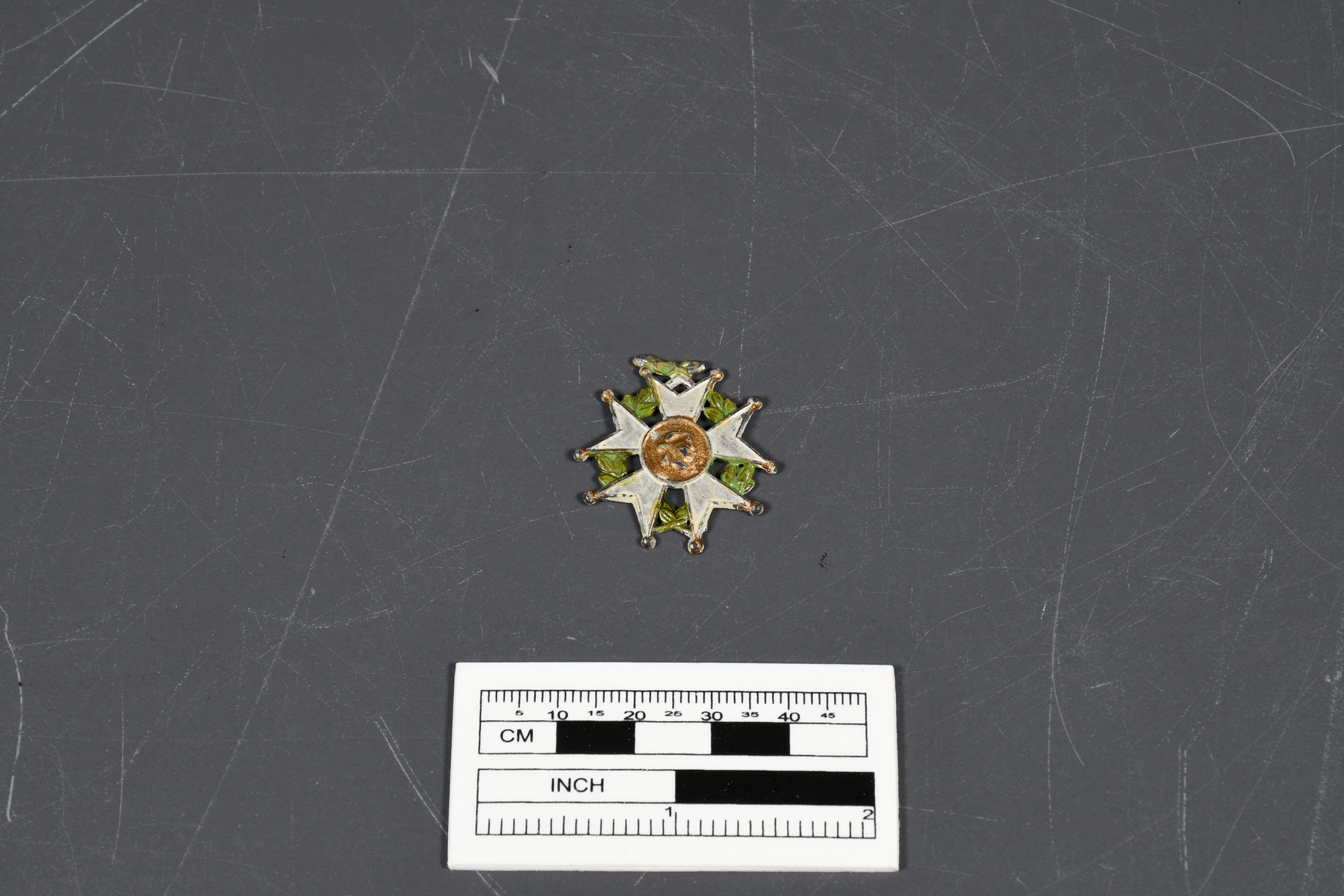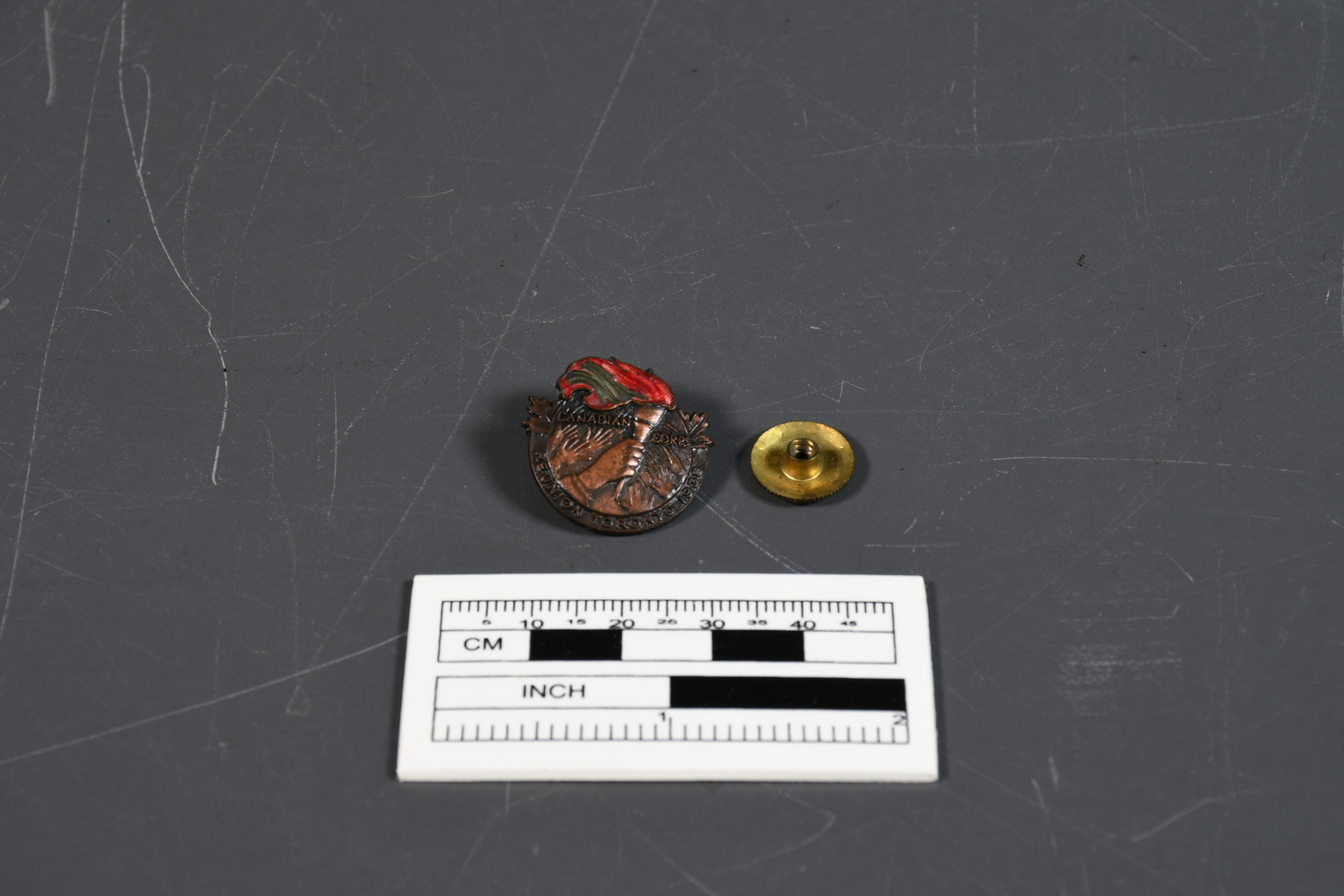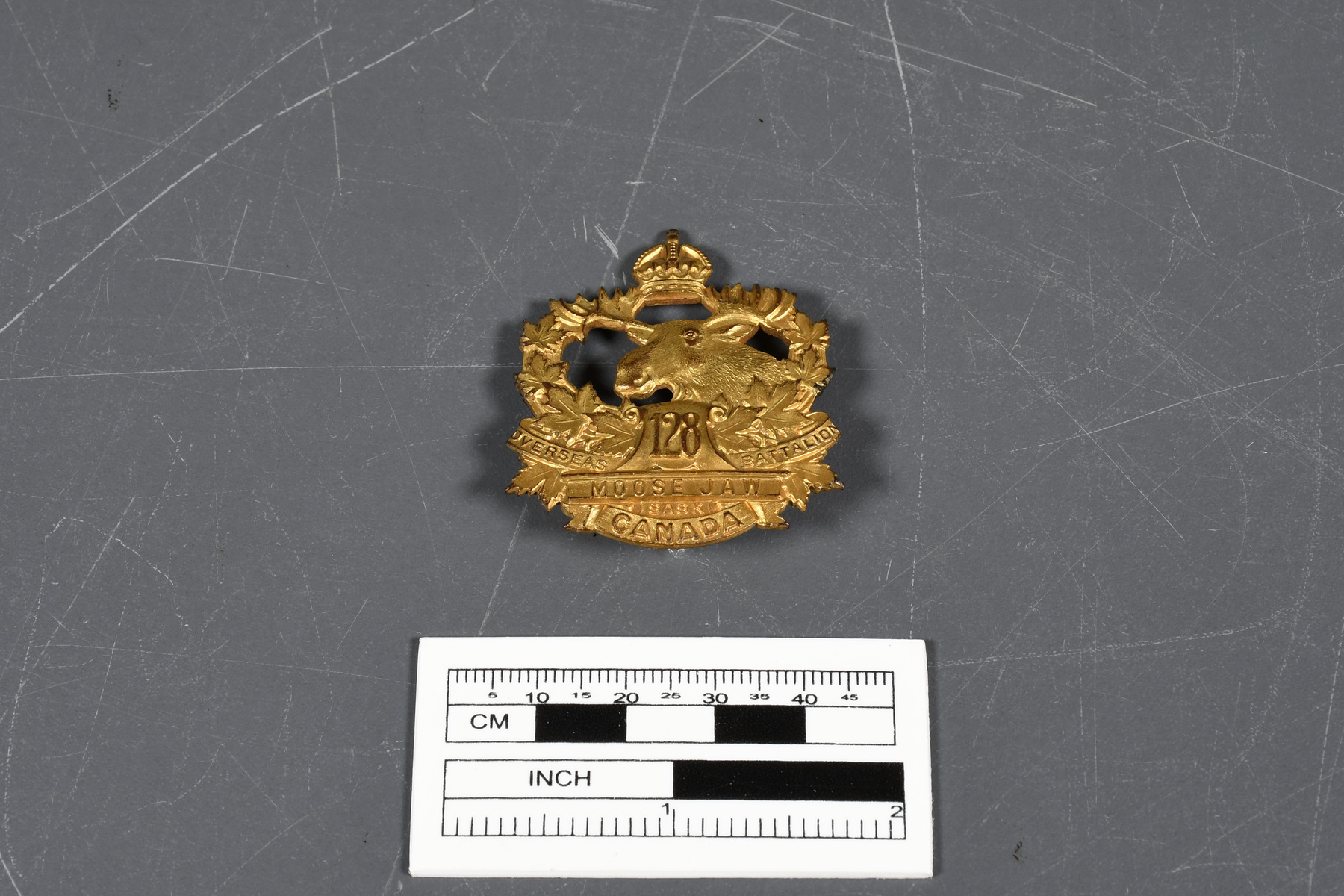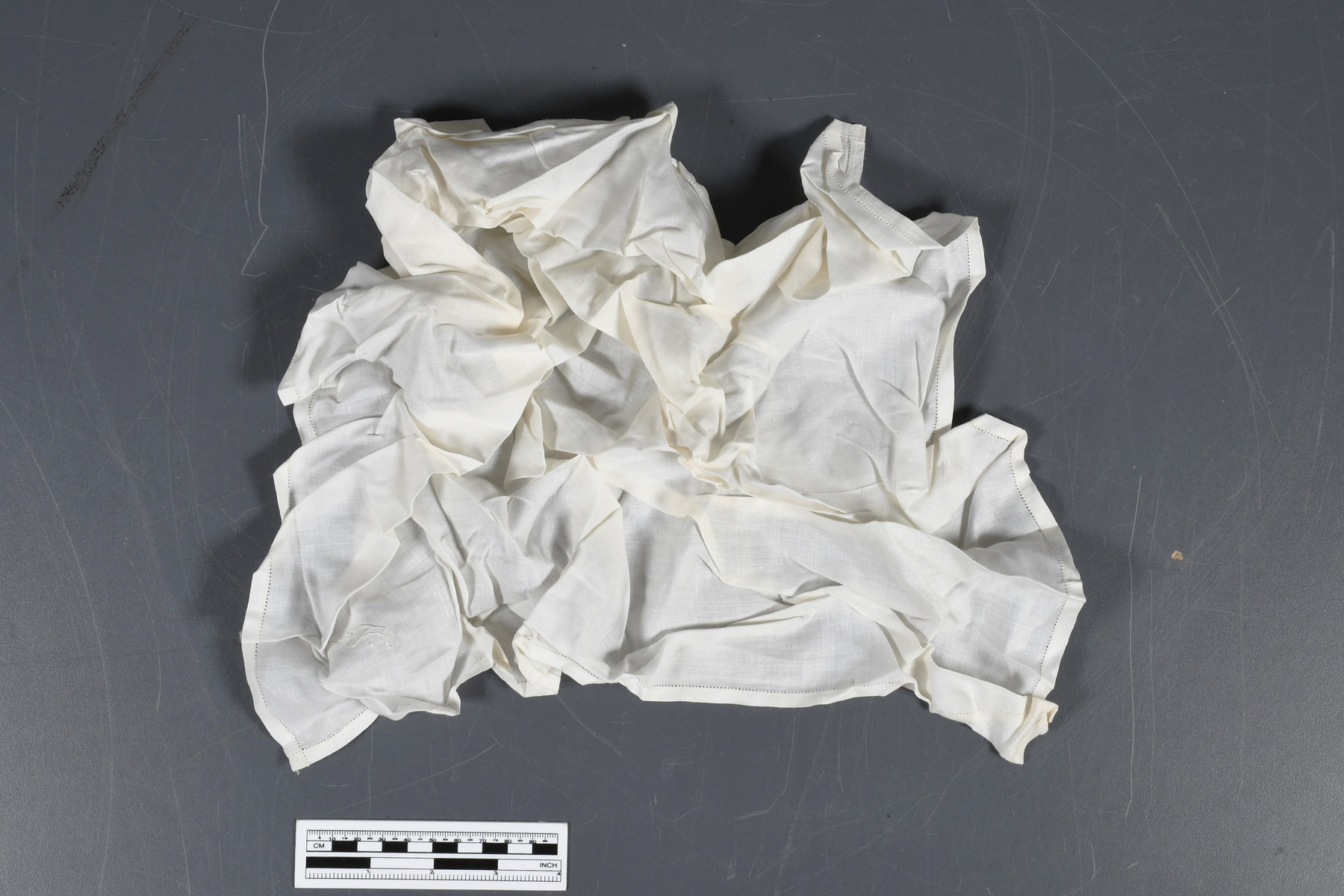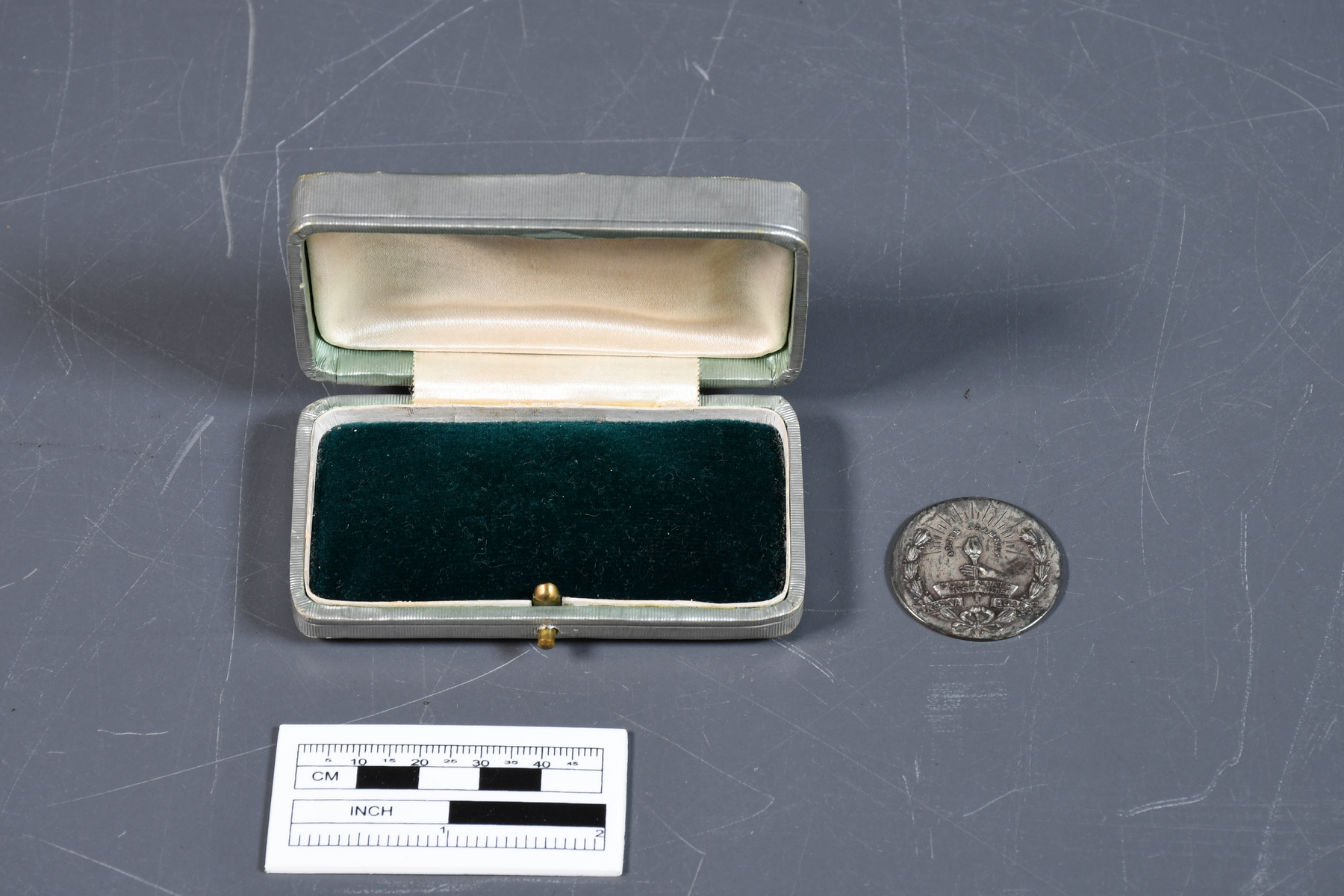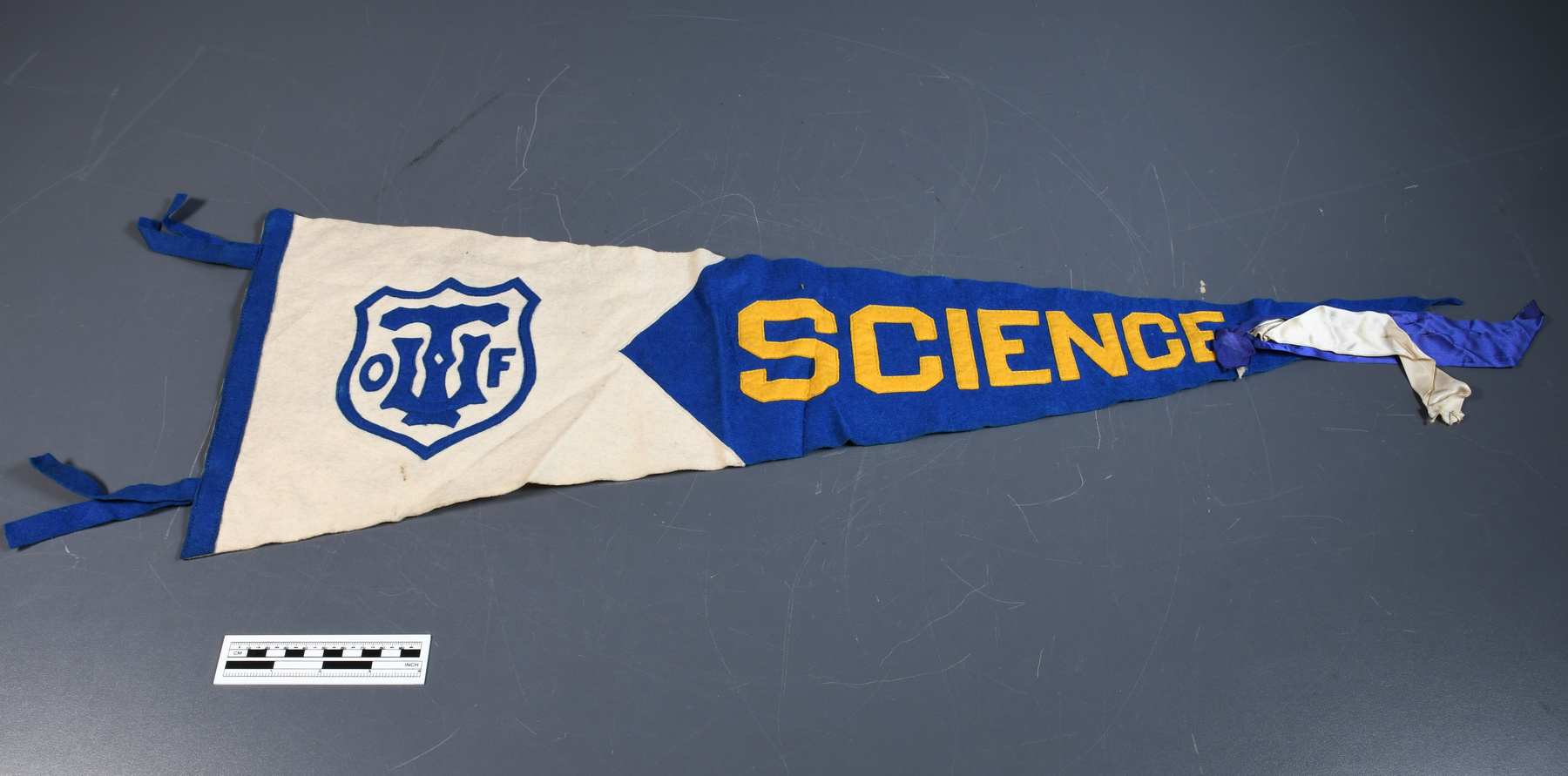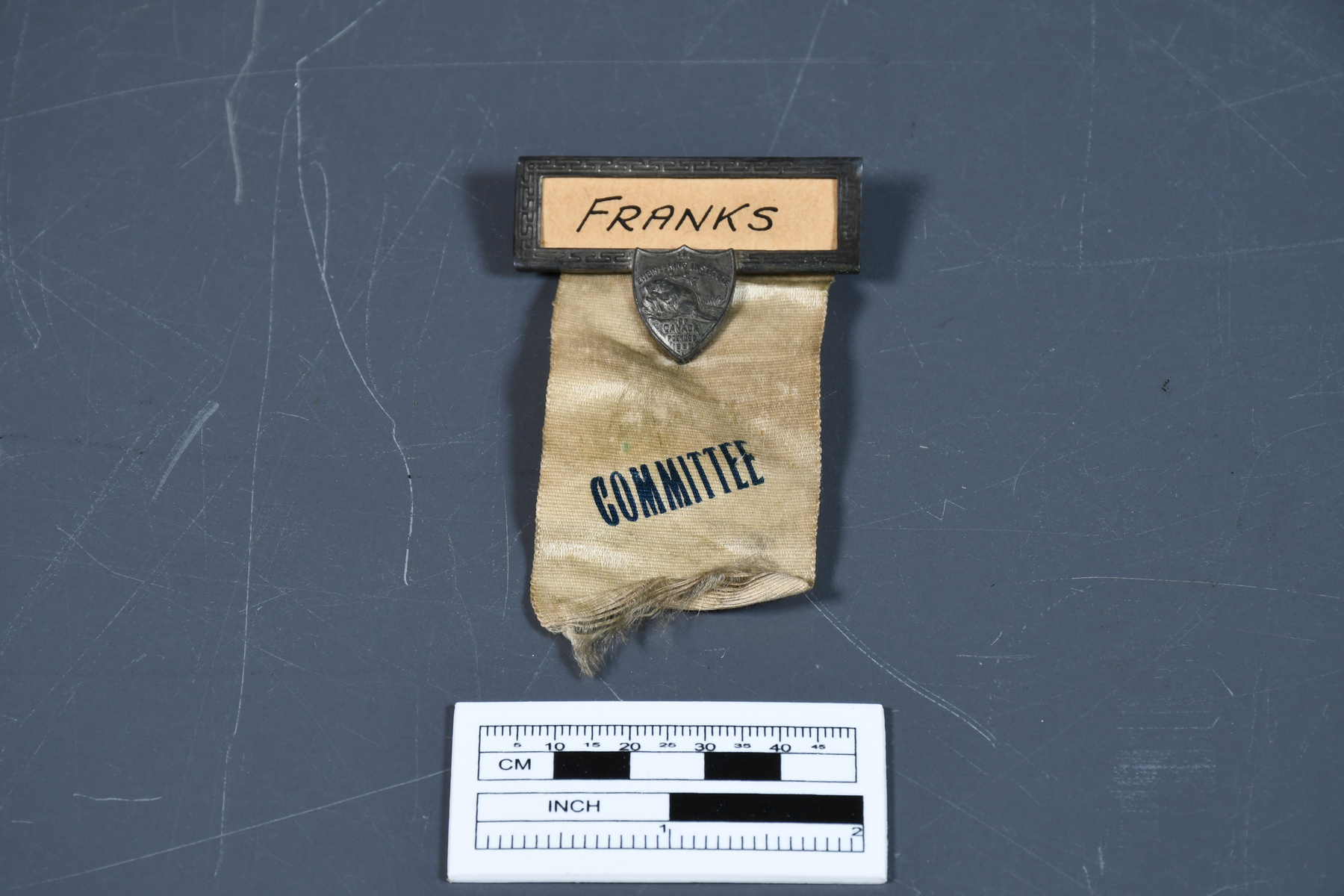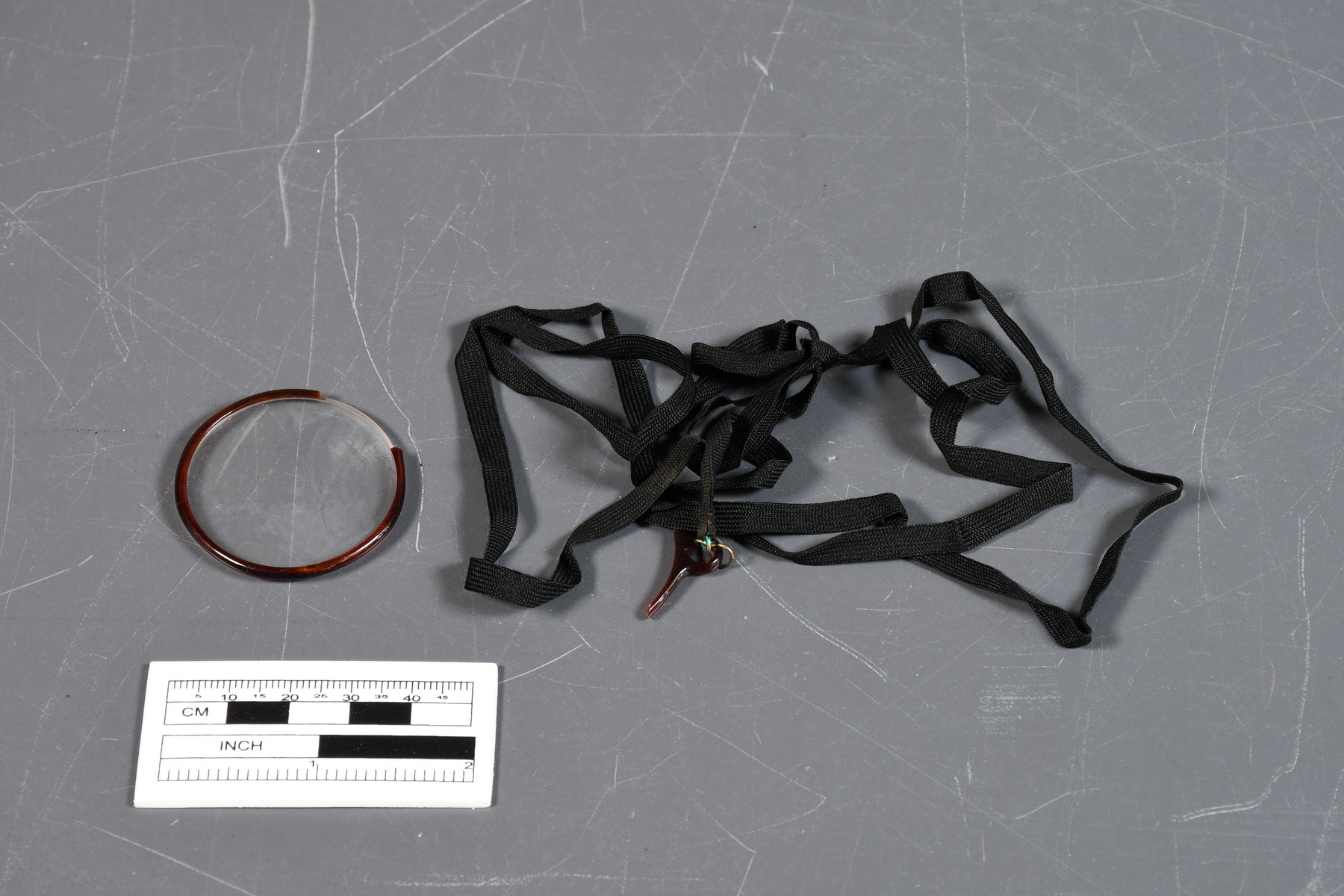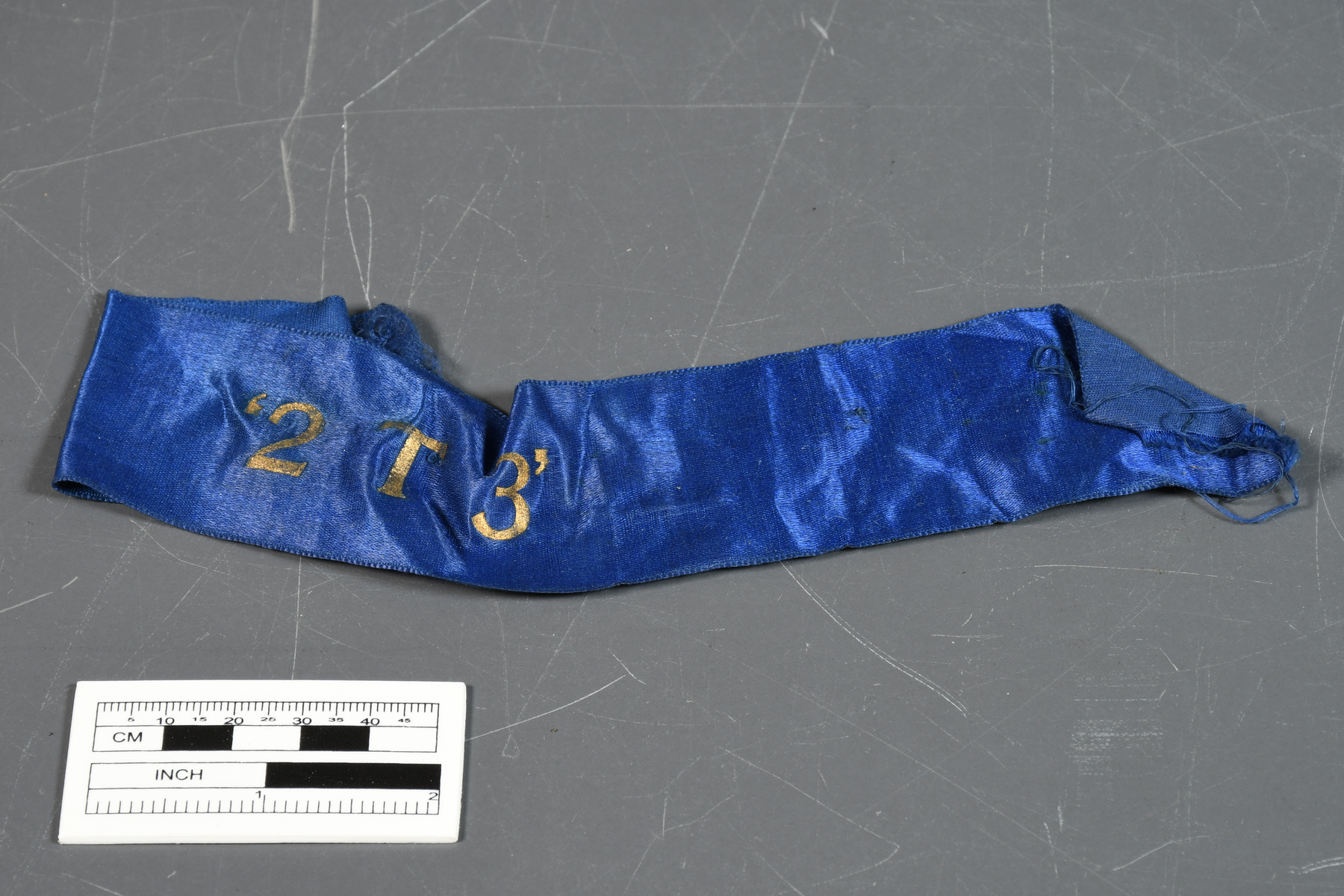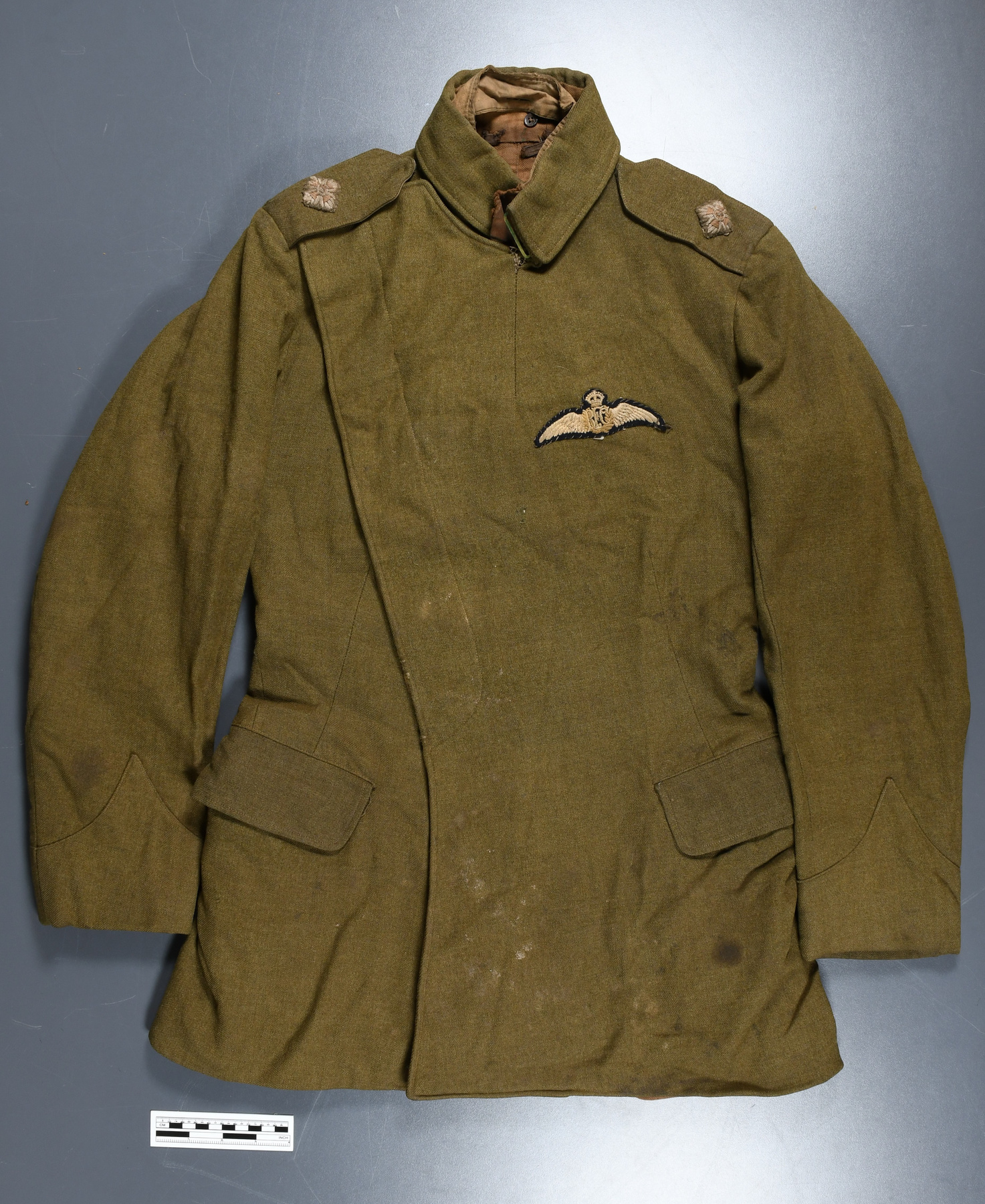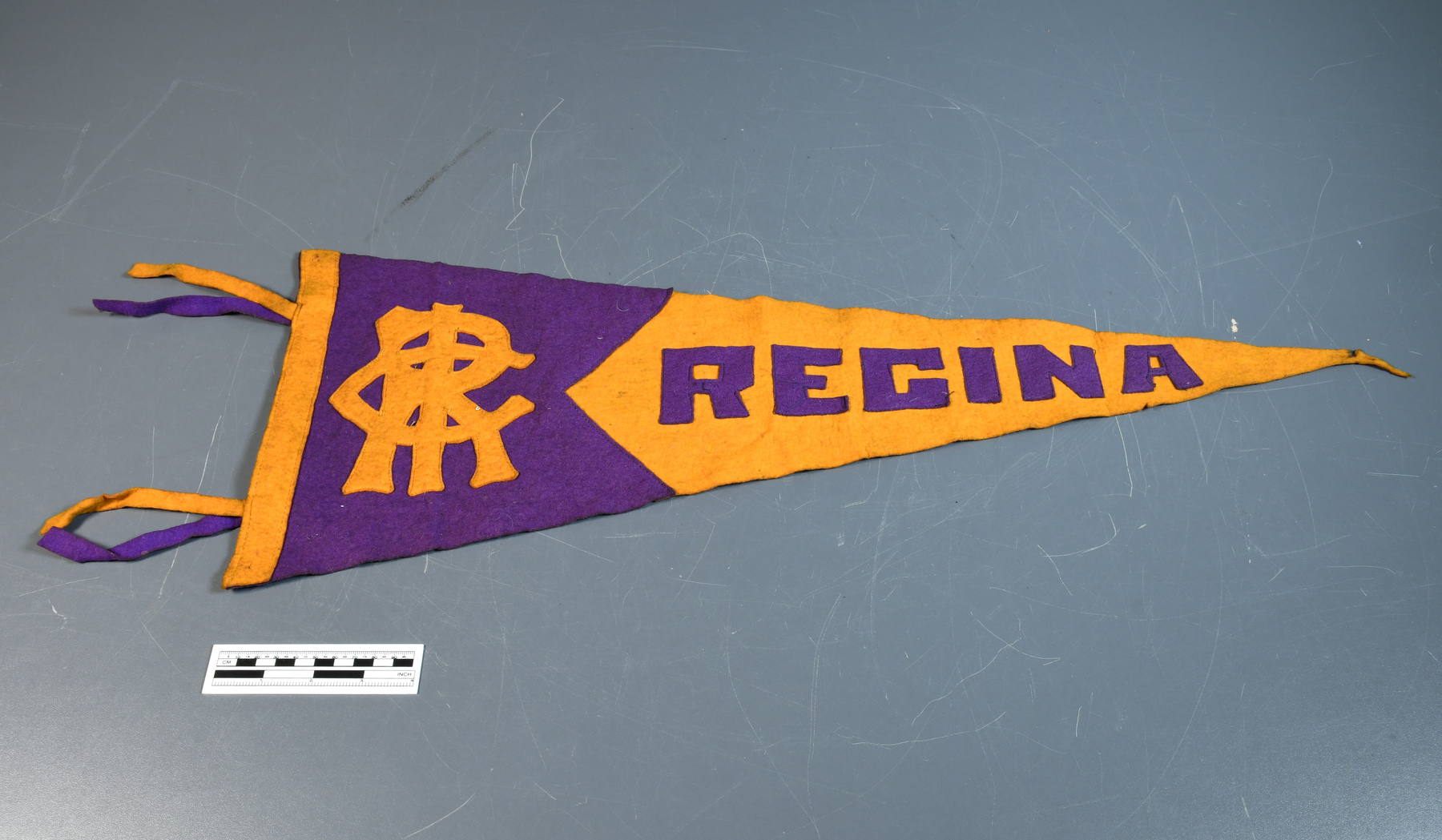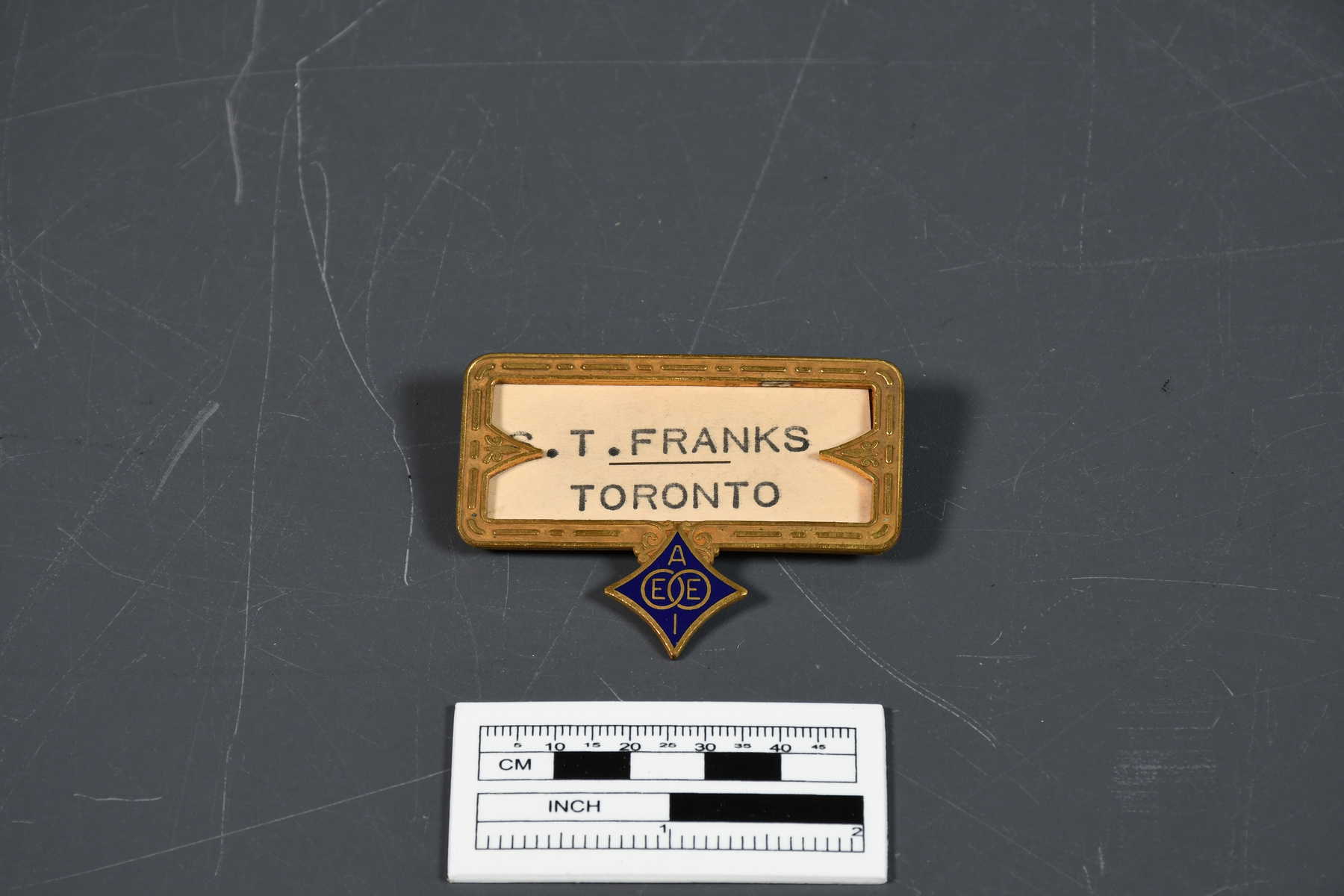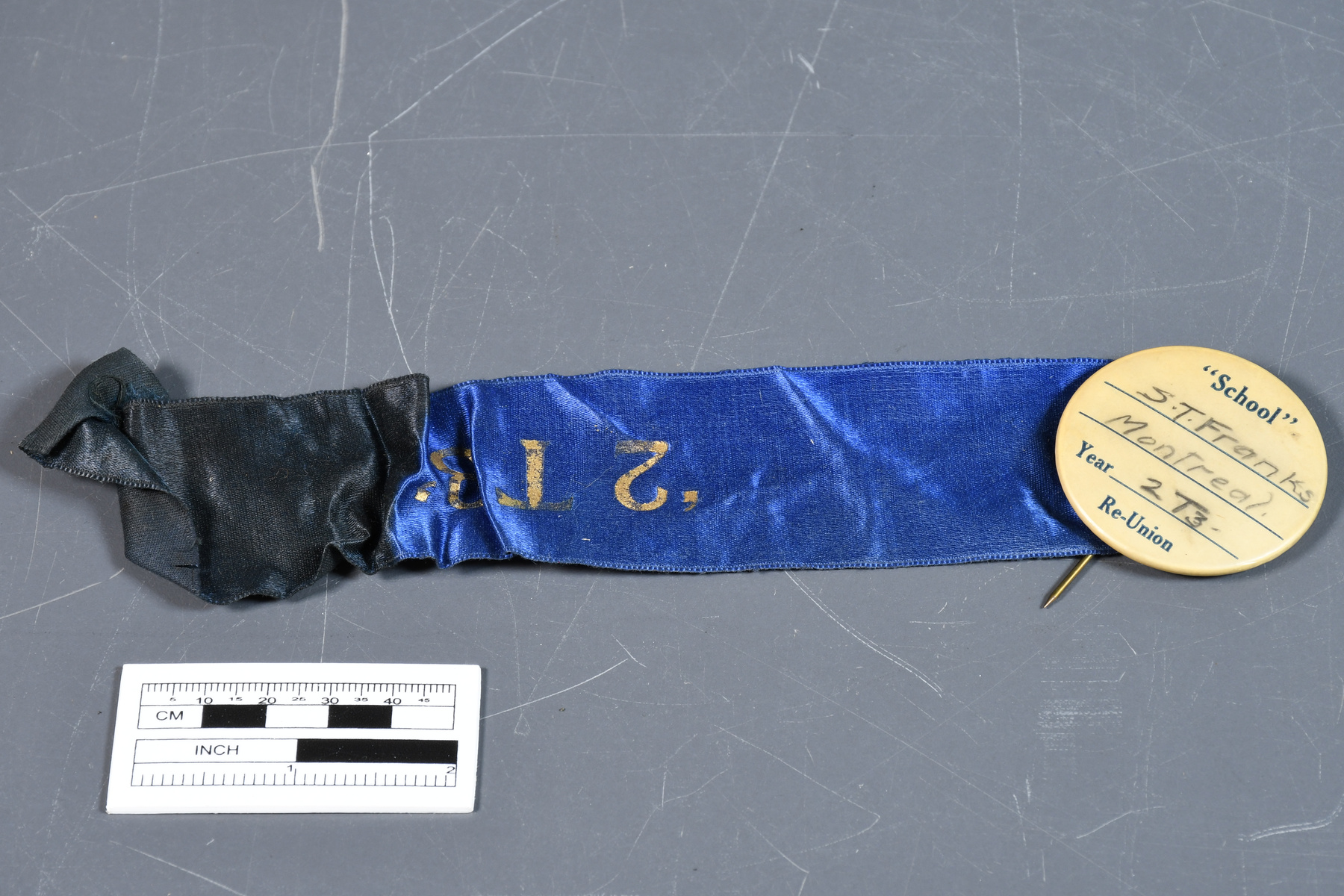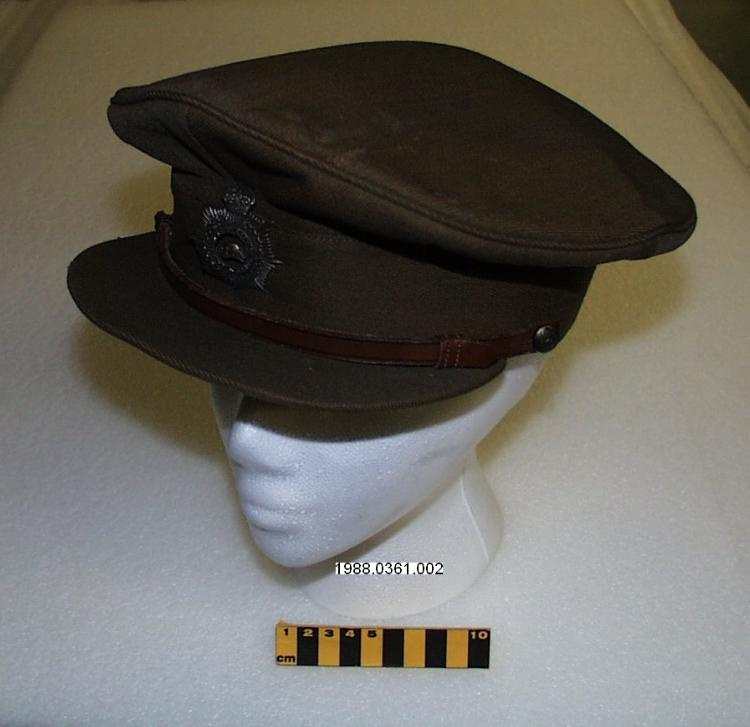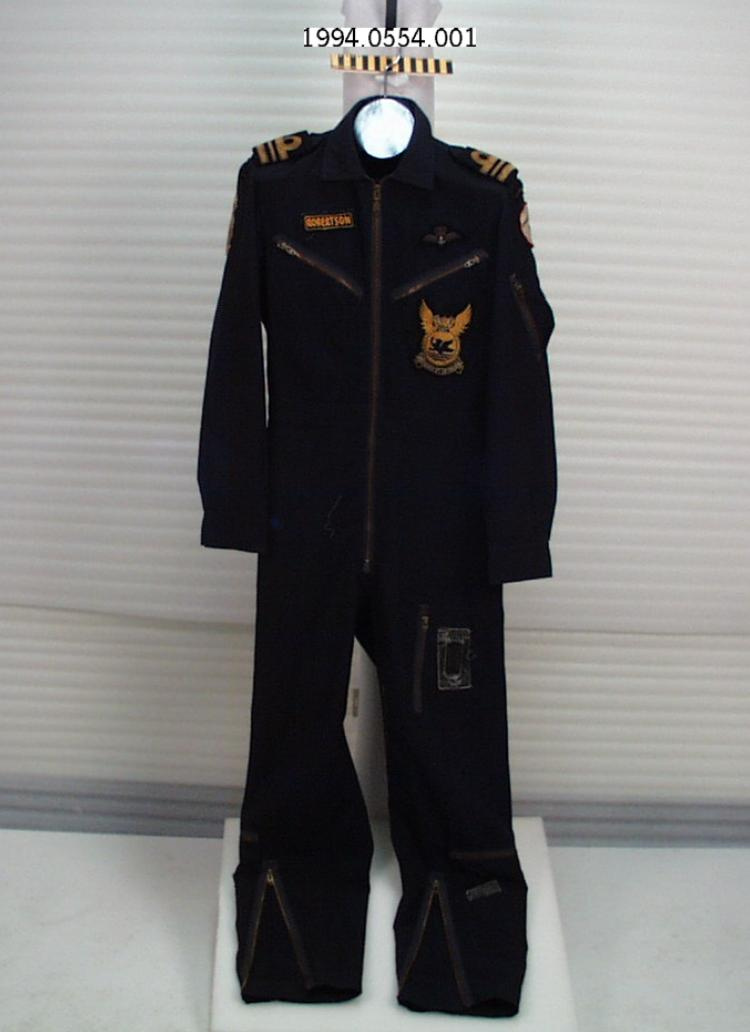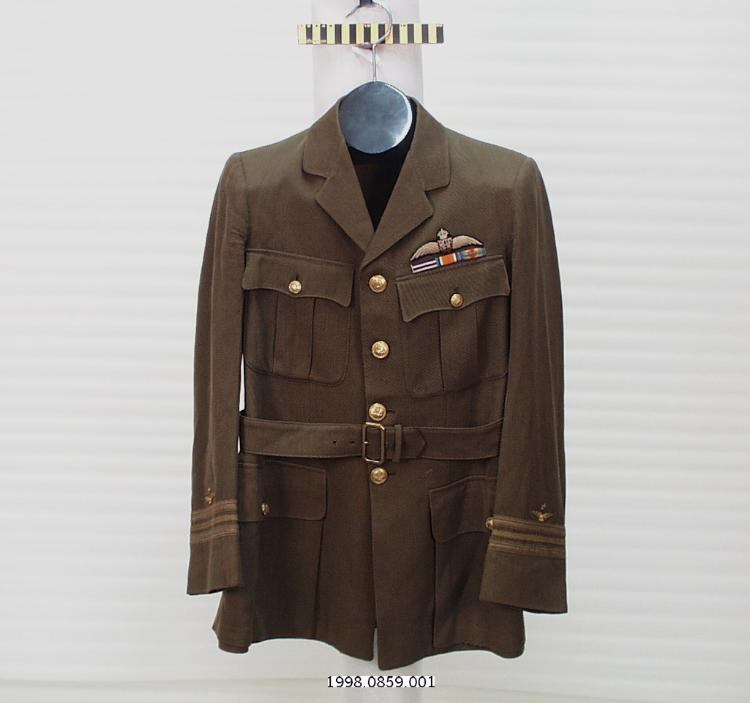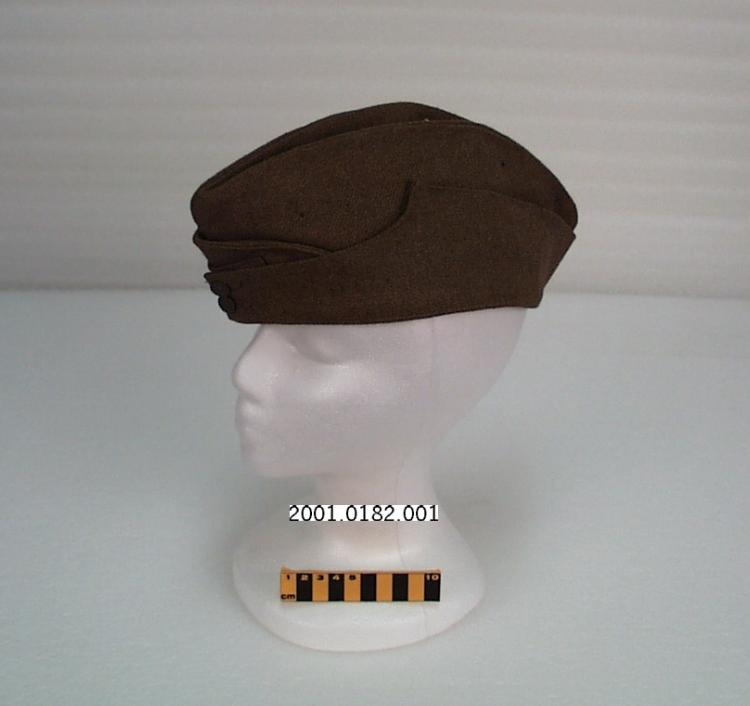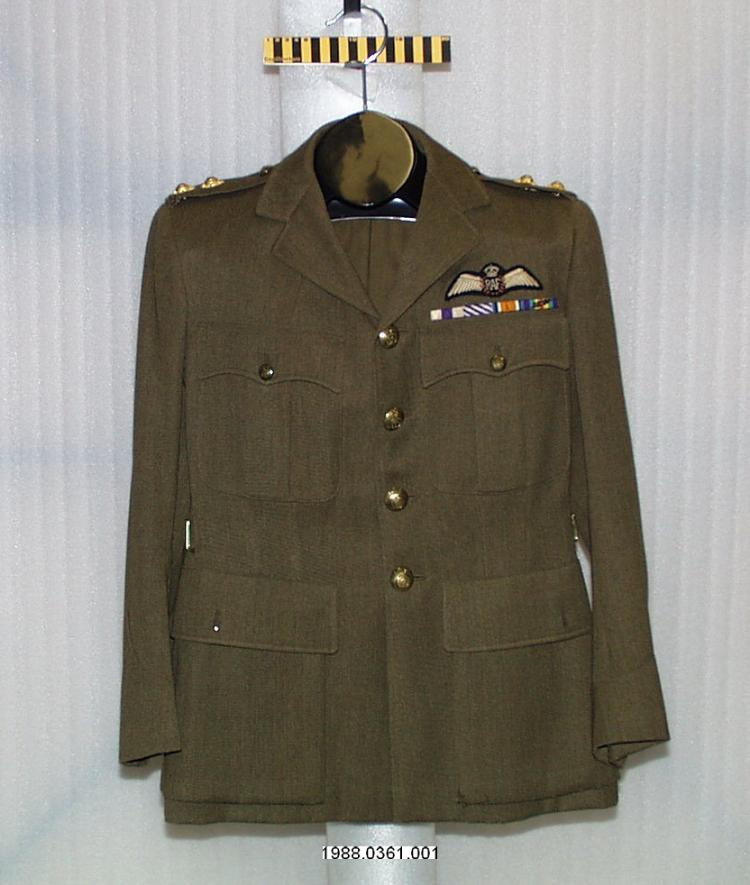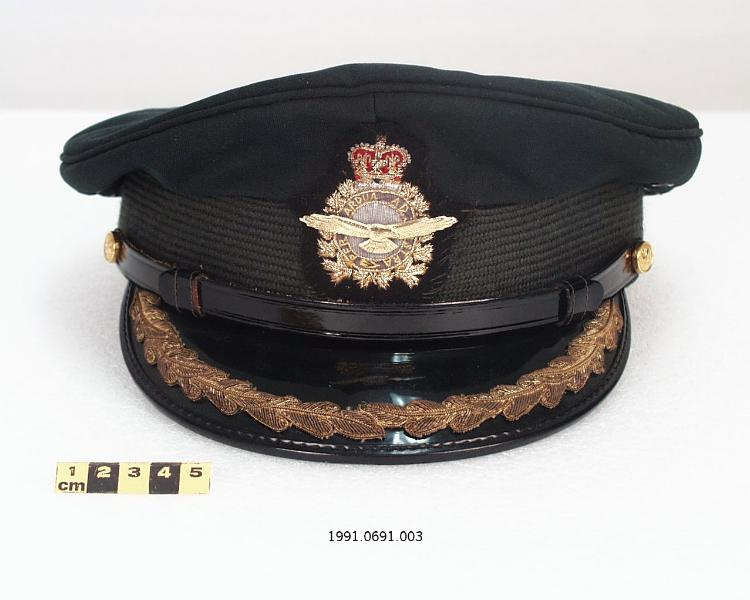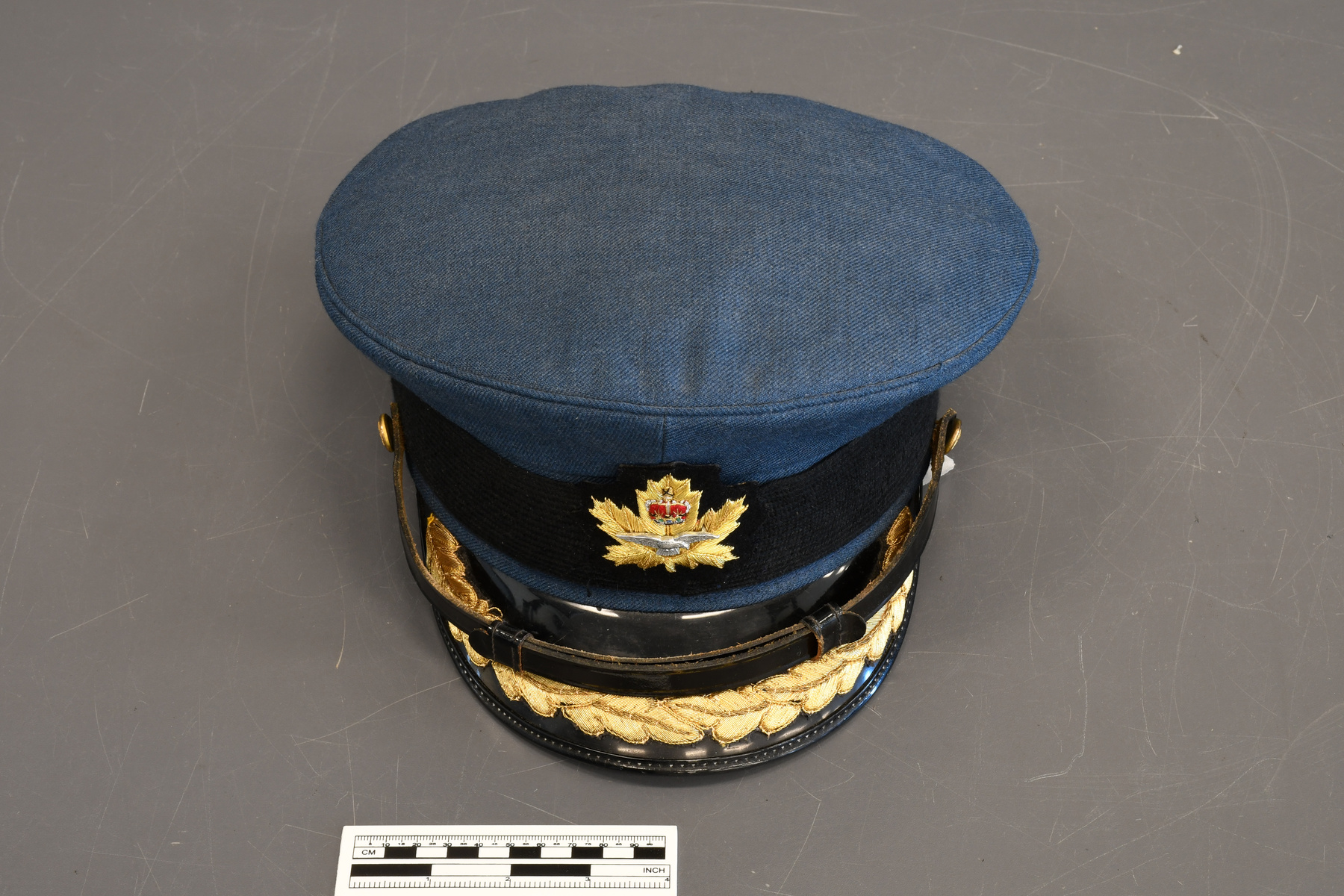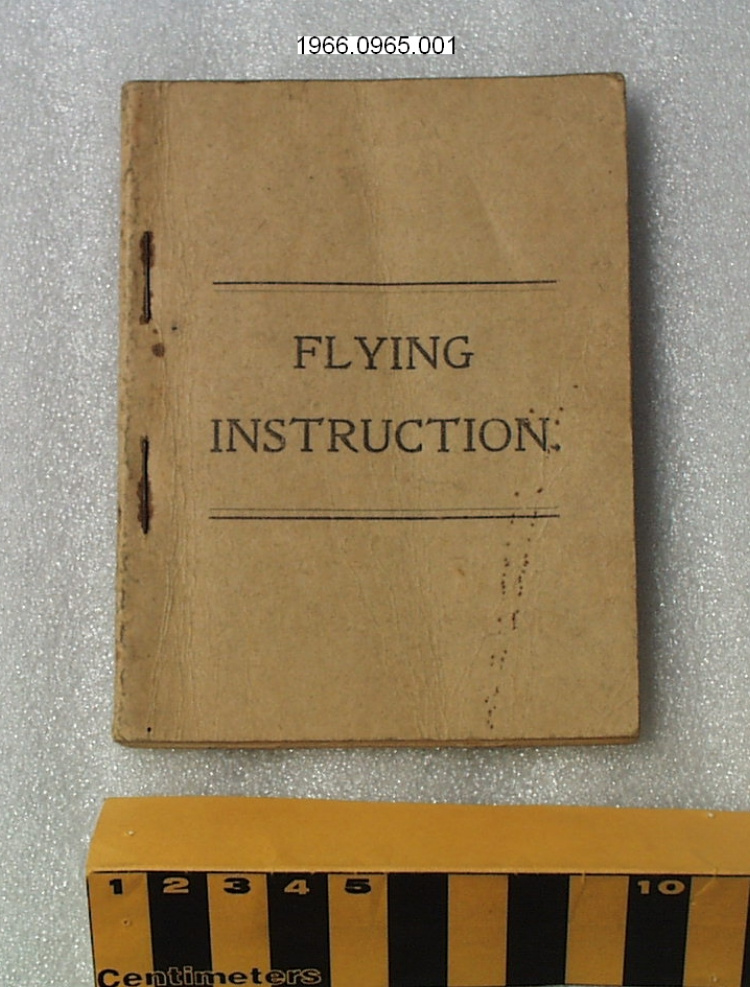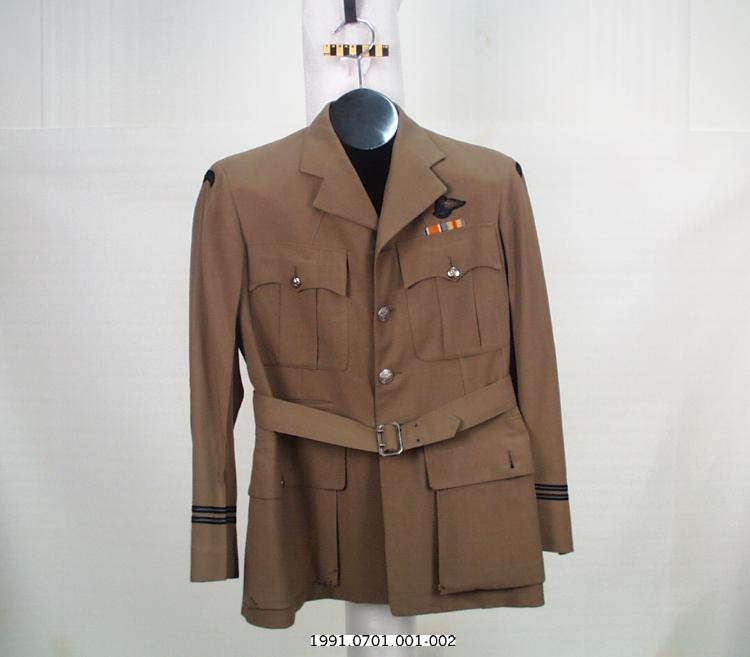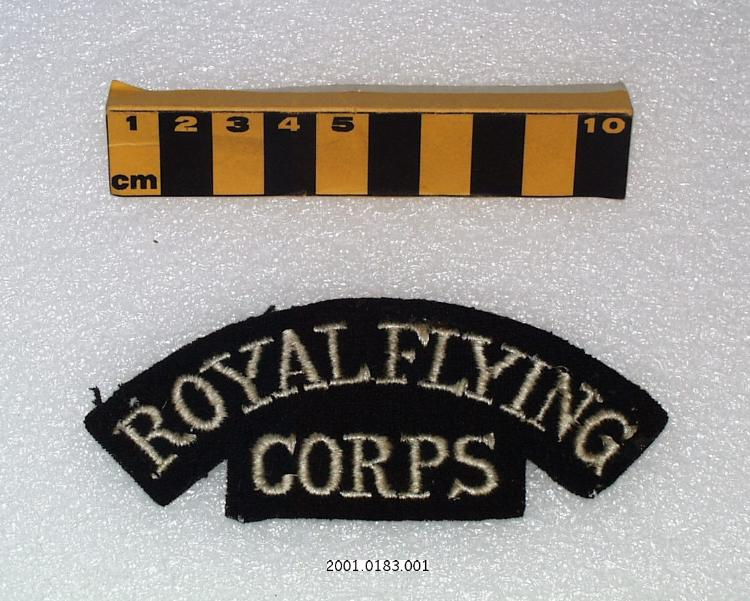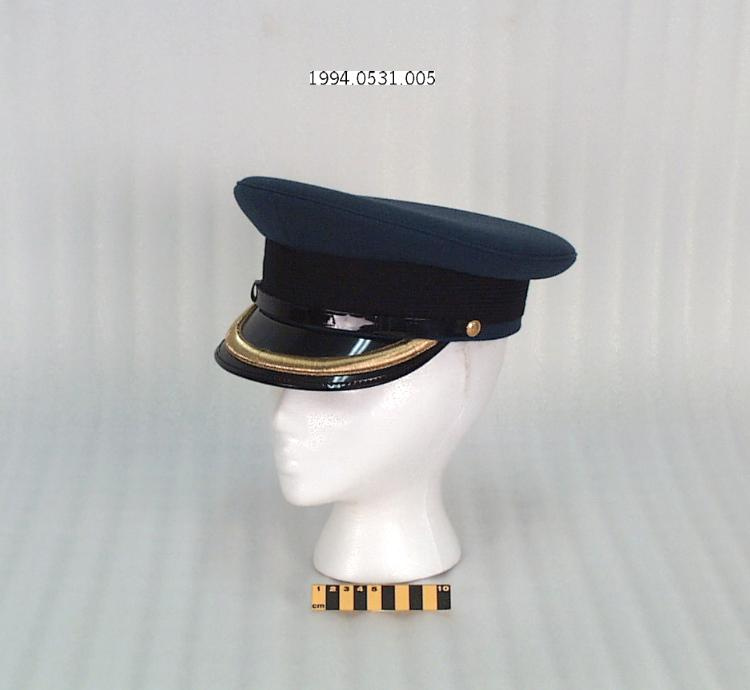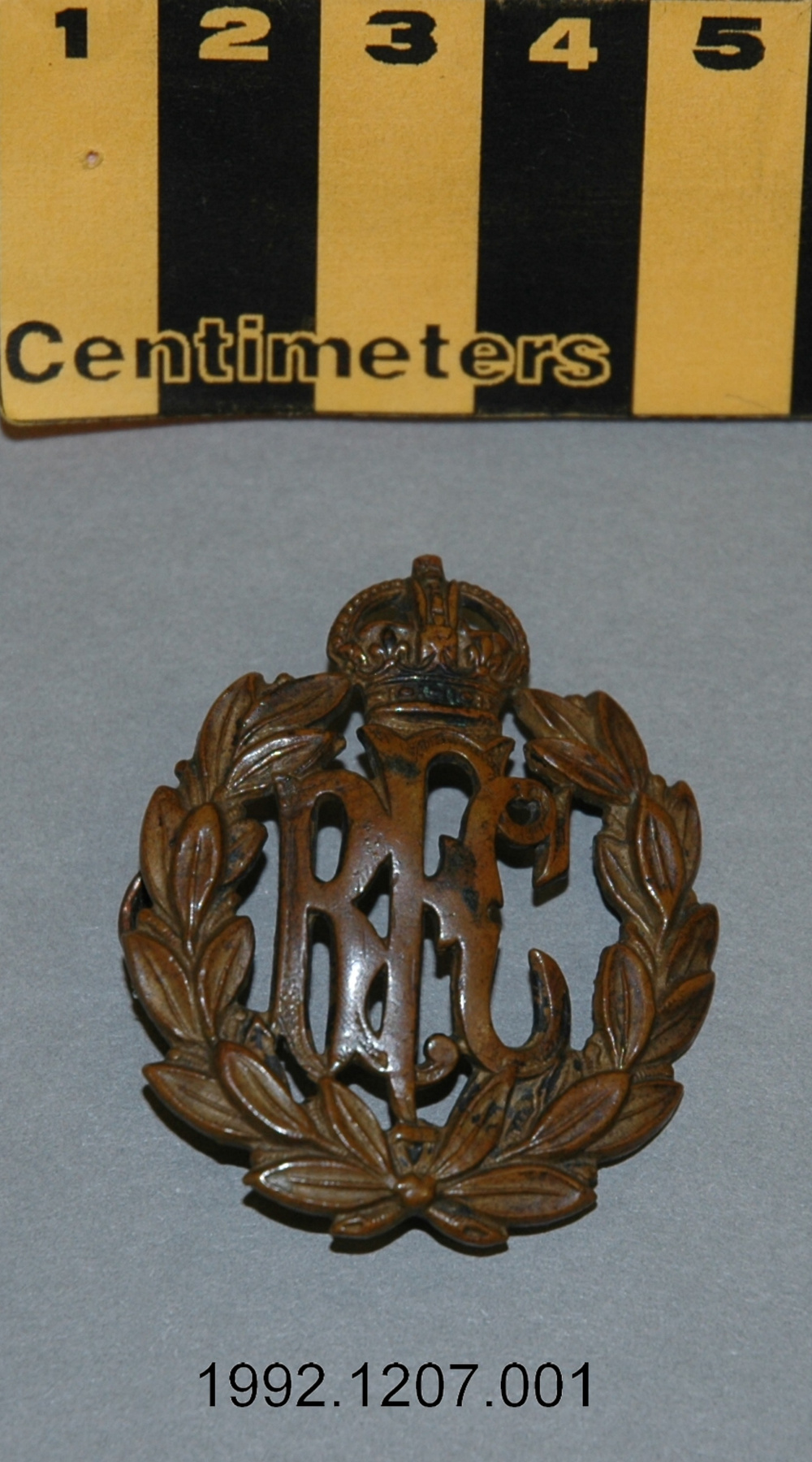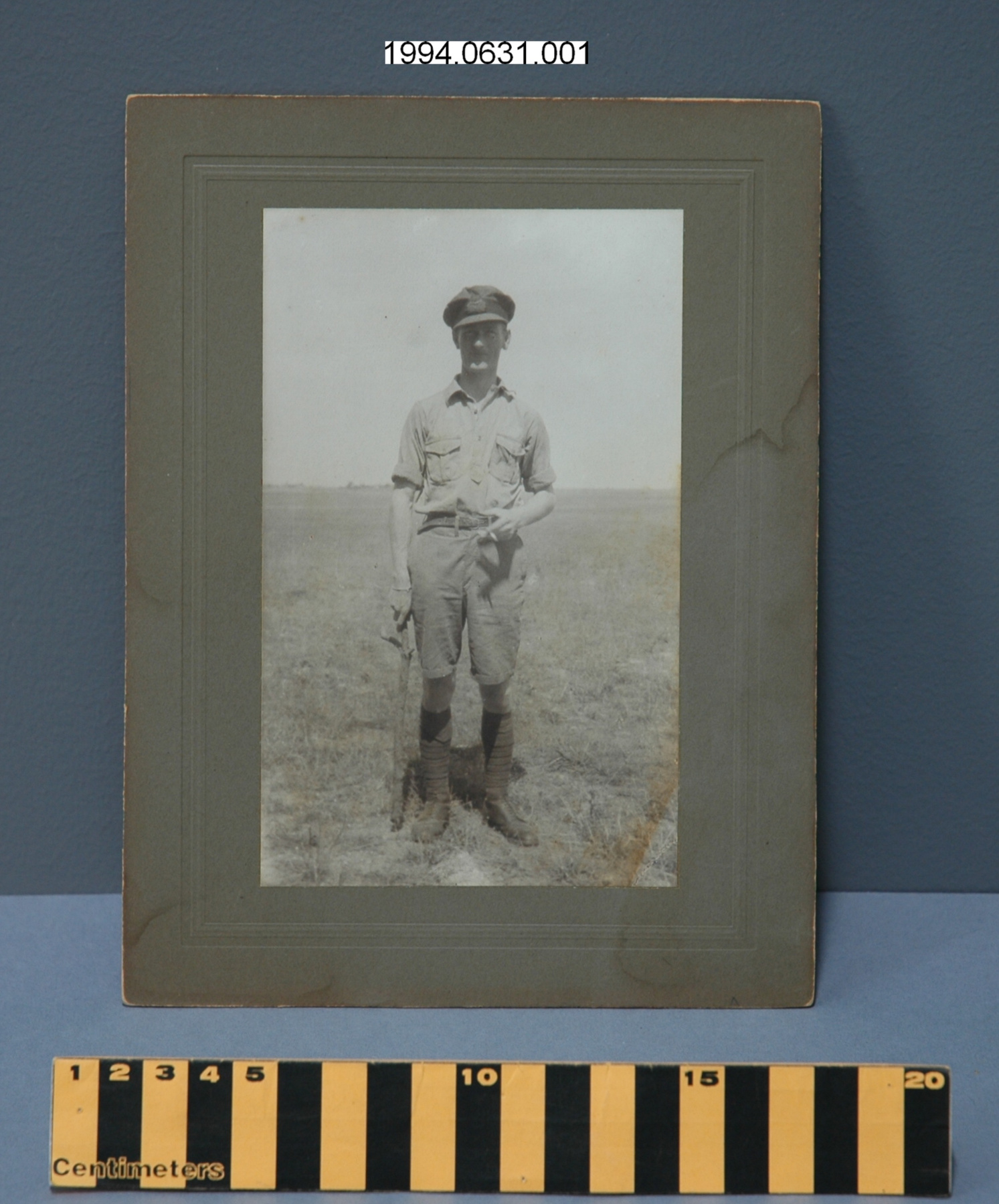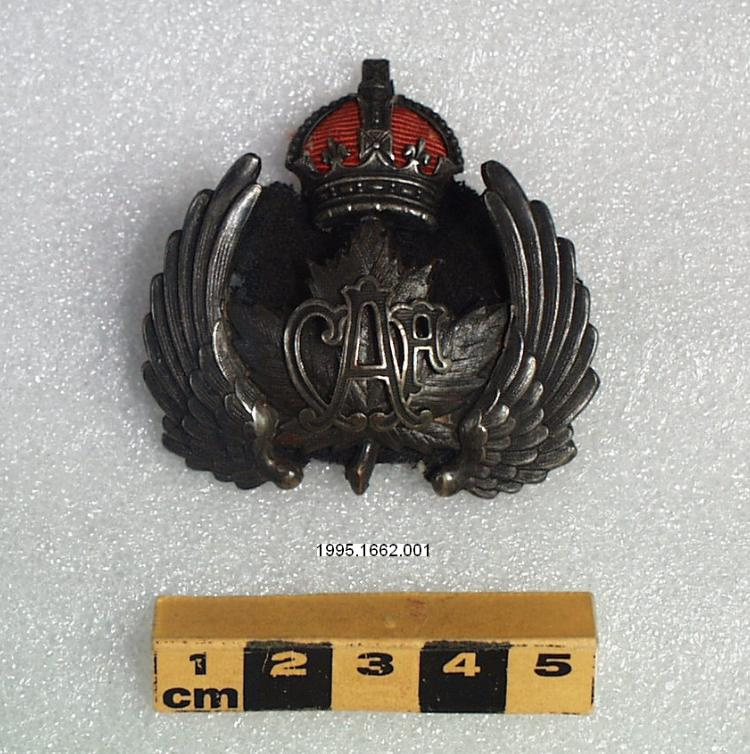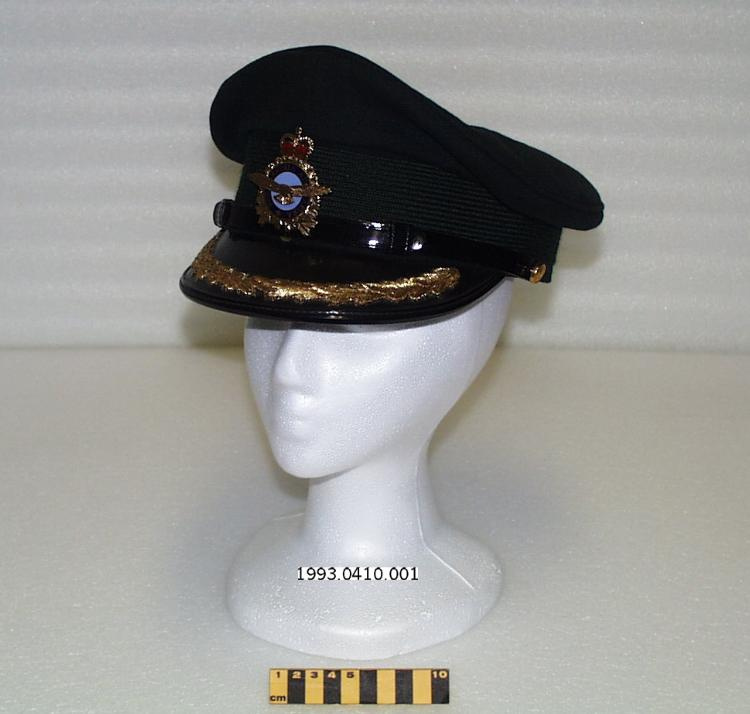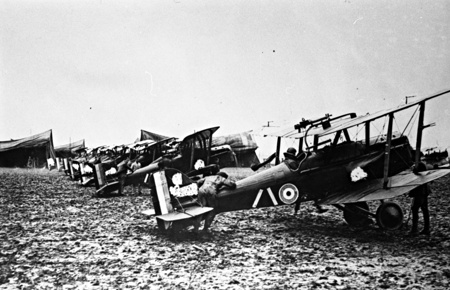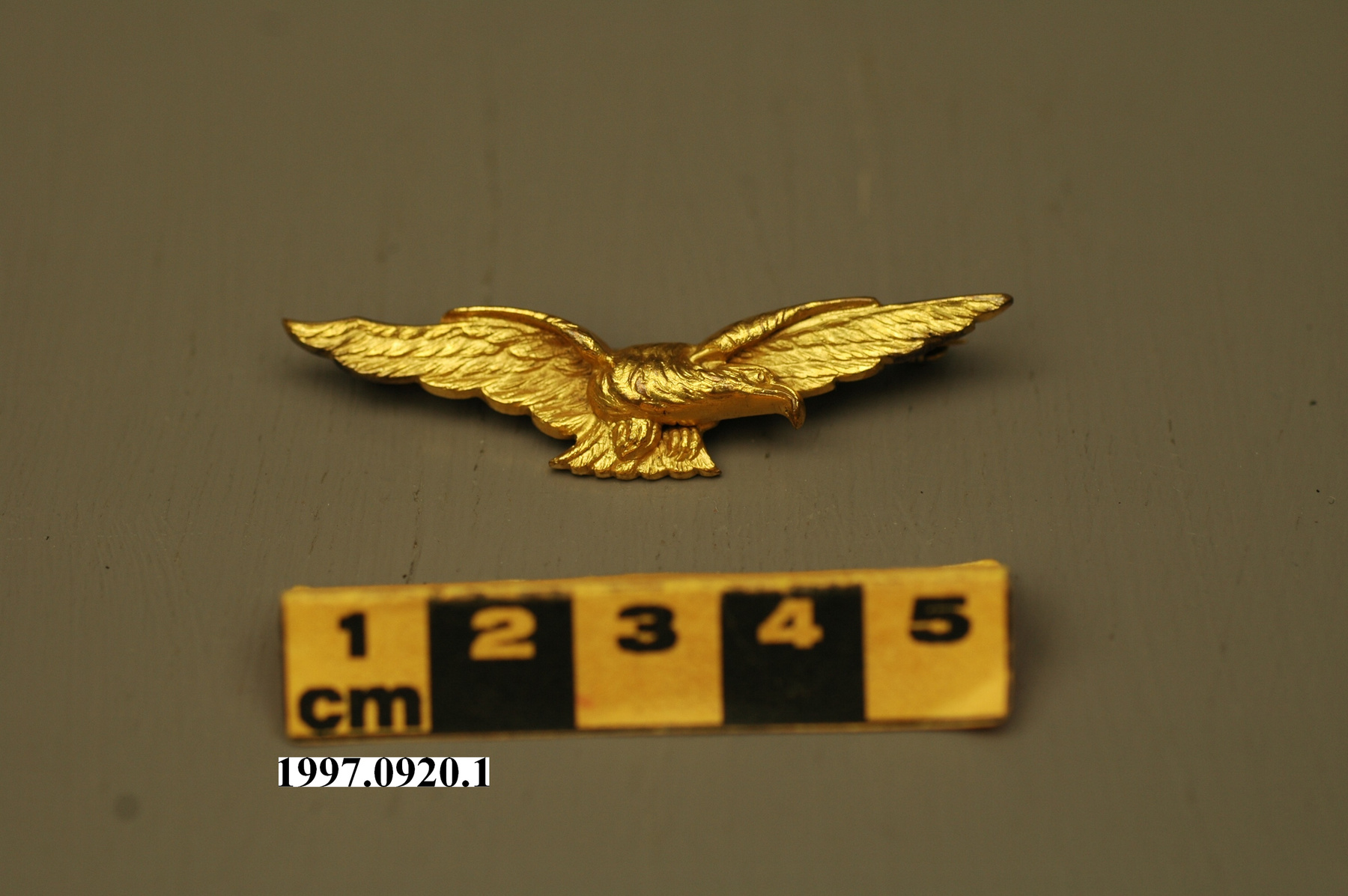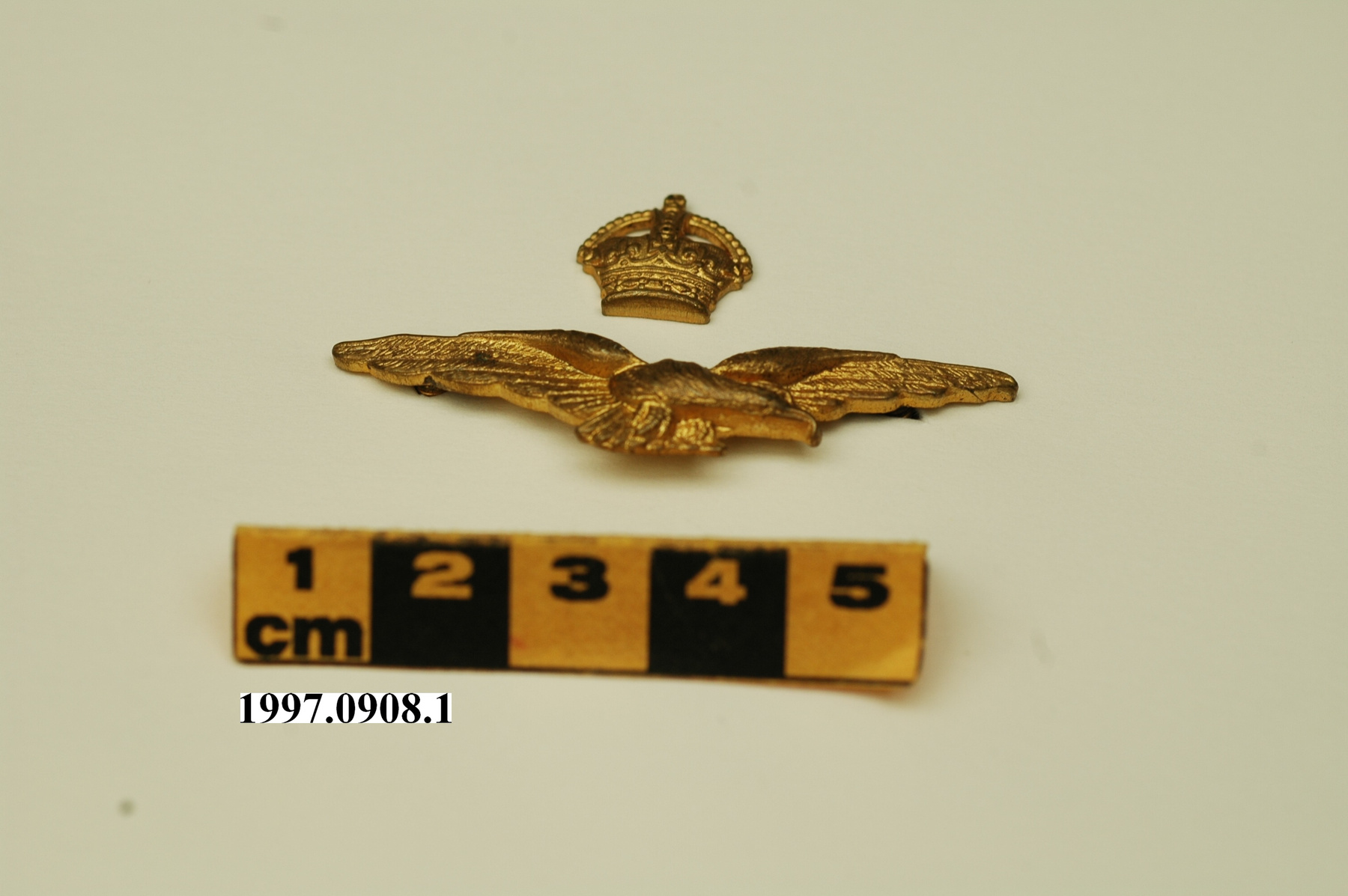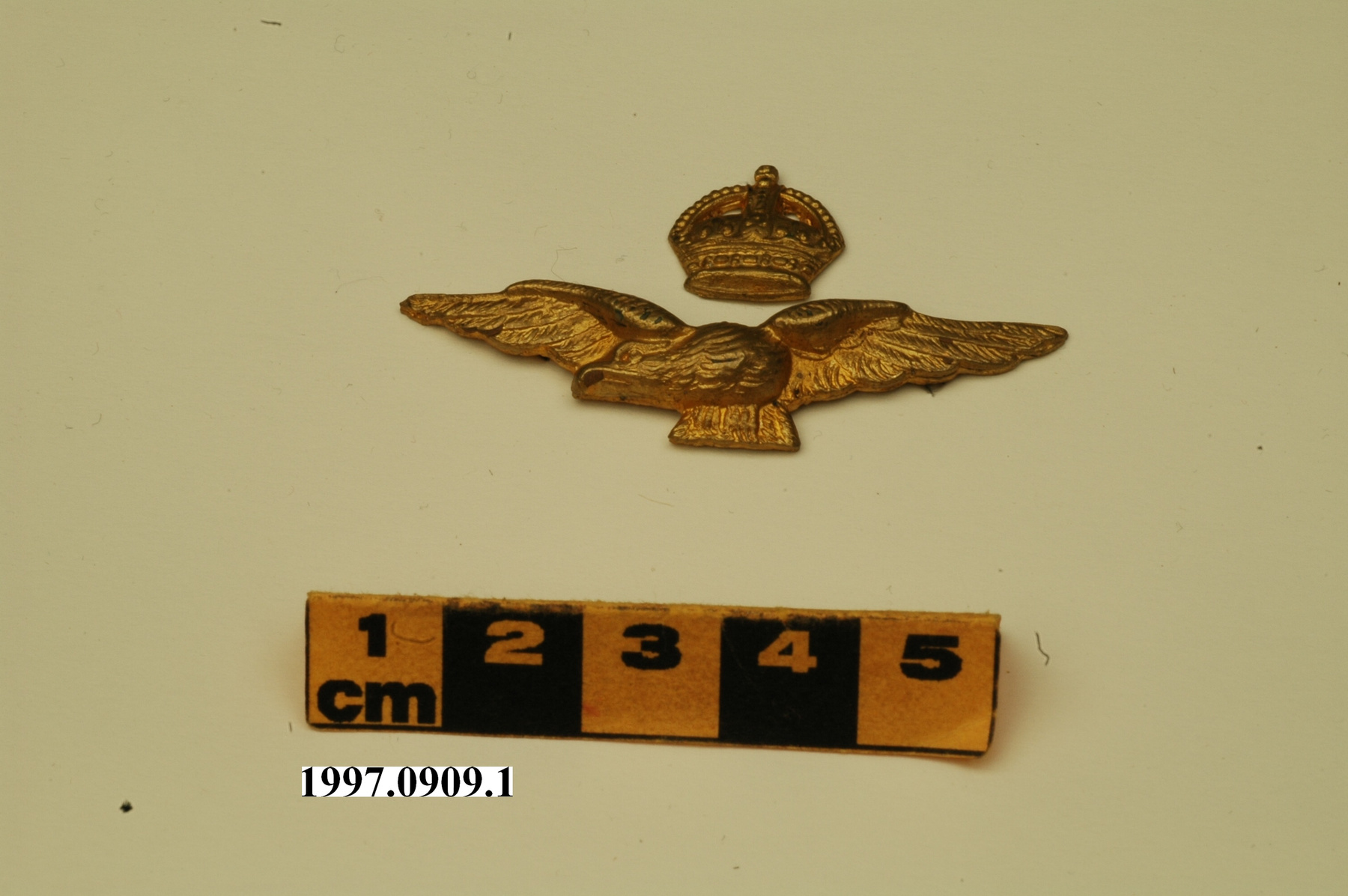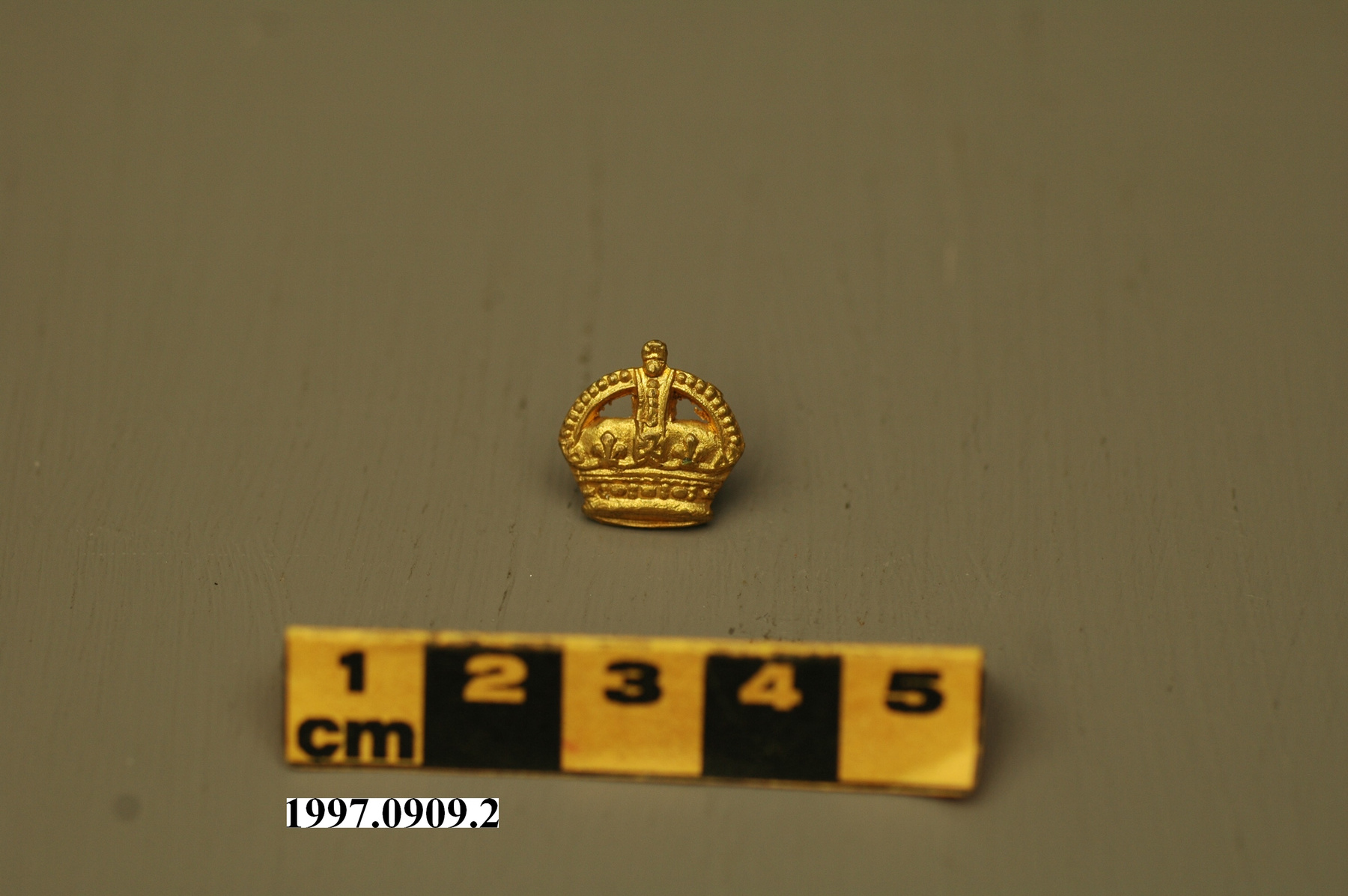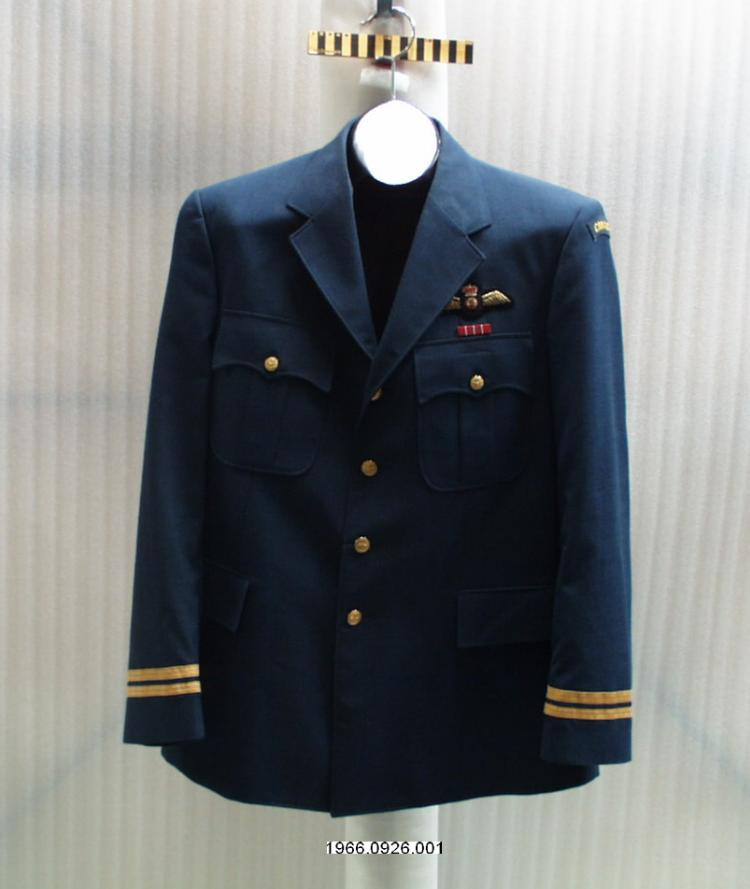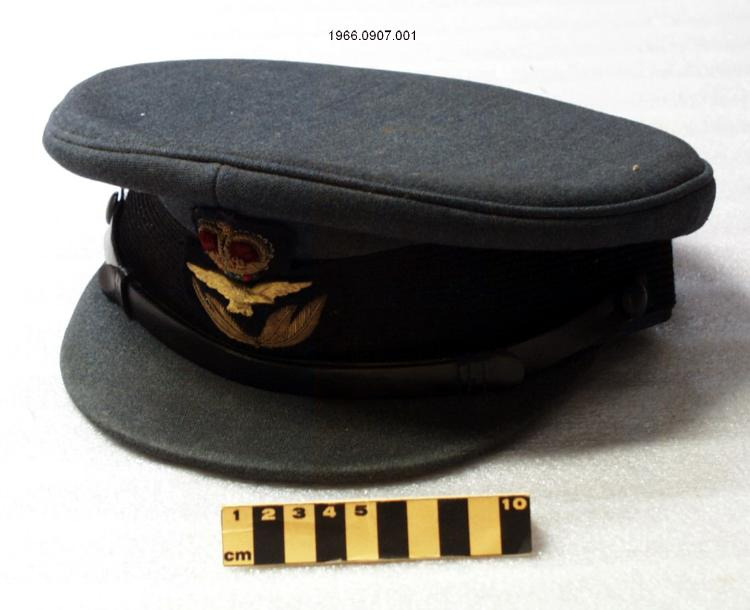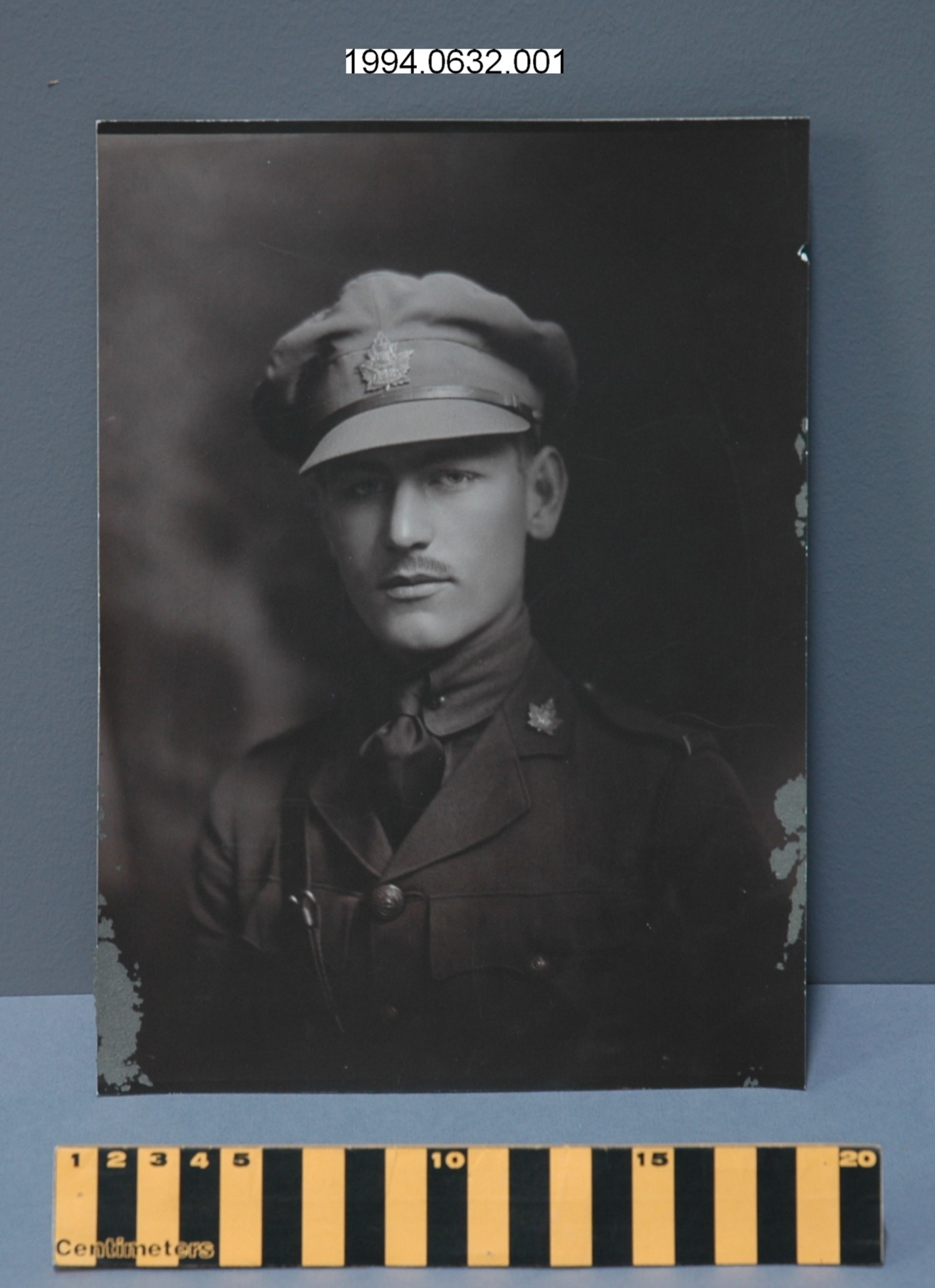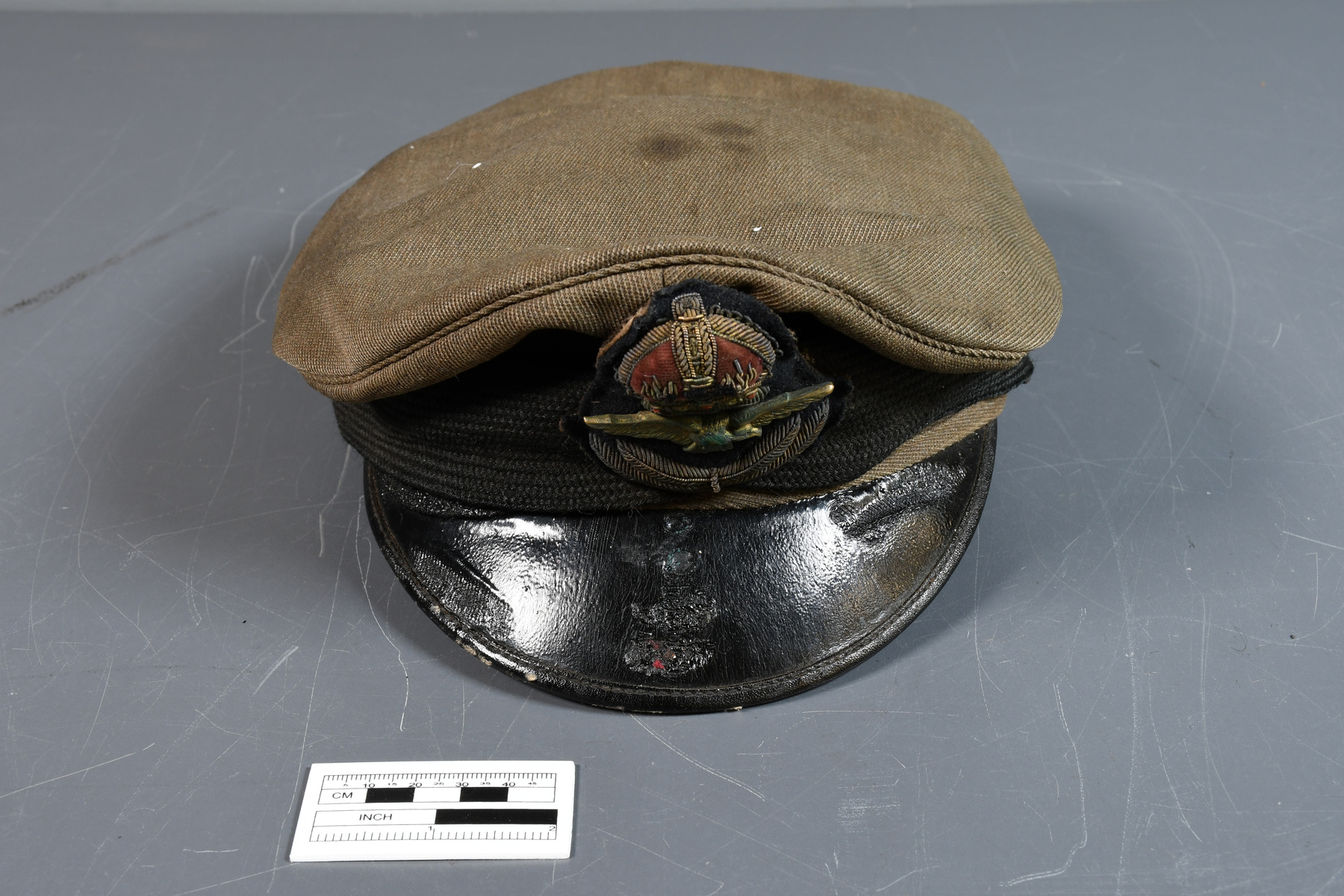Cap, uniform
Use this image
Can I reuse this image without permission? Yes
Object images on the Ingenium Collection’s portal have the following Creative Commons license:
Copyright Ingenium / CC BY-NC-ND (Attribution-NonCommercial 4.0 International (CC BY-NC 4.0)
ATTRIBUTE THIS IMAGE
Ingenium,
2010.1459.002
Permalink:
Ingenium is releasing this image under the Creative Commons licensing framework, and encourages downloading and reuse for non-commercial purposes. Please acknowledge Ingenium and cite the artifact number.
DOWNLOAD IMAGEPURCHASE THIS IMAGE
This image is free for non-commercial use.
For commercial use, please consult our Reproduction Fees and contact us to purchase the image.
- OBJECT TYPE
- military
- DATE
- 1913
- ARTIFACT NUMBER
- 2010.1459.002
- MANUFACTURER
- Unknown
- MODEL
- Unknown
- LOCATION
- Unknown
More Information
General Information
- Serial #
- N/A
- Part Number
- 2
- Total Parts
- 2
- AKA
- N/A
- Patents
- N/A
- General Description
- Varnished leather, cotton, wool; and velvet; metal.
Dimensions
Note: These reflect the general size for storage and are not necessarily representative of the object's true dimensions.
- Length
- 25.0 cm
- Width
- 30.0 cm
- Height
- N/A
- Thickness
- N/A
- Weight
- N/A
- Diameter
- N/A
- Volume
- N/A
Lexicon
- Group
- Aviation
- Category
- Clothing
- Sub-Category
- N/A
Manufacturer
- AKA
- Unknown
- Country
- Unknown
- State/Province
- Unknown
- City
- Unknown
Context
- Country
- Canada
- State/Province
- Unknown
- Period
- During and after the First World War.
- Canada
-
The individual to whom this artifact belonged was Selwyn Thompson “Sel” Franks (1899-1985). He was born on September 21st, 1899, in Weston, Ontario. His family moved to Regina, Saskatchewan, between 1907 and 1908. He attended the Regina Collegiate Institute, the city’s first high school. According to family lore, Franks enlisted in the British Army’s air service, the Royal Flying Corps, in 1916. He left for his initial training after completing high school, which took place at the University of Toronto. During the winter of 1917 to 1918, he was one of the many trainees who went to Texas, near Fort Worth, to continue his training. Franks obtained his pilot qualification badge in early 1918. After a brief visit in Regina in March, Franks sailed toward the United Kingdoms, where he arrived in April. Once there, the young officer, either second lieutenant or lieutenant, received further training. In August of 1918, Franks crossed into France where he was assigned to a bomber unit, the No. 49 Squadron, in the Royal Air Force. Franks took part in a number of missions, or sorties, both low-level ones near the front and high-level ones further behind enemy lines. Franks kept on flying until the Armistice. At some point thereafter, the No. 49 Squadron was sent to a French village near the Belgian border, then to a town in Germany. The unit stayed there until July 1919, when it was disbanded. Franks himself was already home by then, as he had apparently arrived in Regina on May 1st, 1919. The presence of four Canadian Air Force (CAF) buttons and a CAF cap badge in the donation could indicate that Franks was transferred to this service, at least on paper, at some point between its authorization in August and September of 1918, and the disbandment of its two squadrons in the United Kingdoms in January and February of 1920. Franks was a member of the 1923 class of the University of Toronto’s Faculty of Applied Science and Engineering. This being said, a burst appendix delayed his graduation as an electrical engineer until 1924. His brother, Wilbur Rounding Franks (1901-1986), is the gentleman who, during the Second World War, developed a G-suit, a special type of flying suit for pilots designed to reduce the impact of tight turns in aerial combat. The Franks G-suit was one of a few developed by Allied countries during the Second World War. This khaki coloured uniform cap was worn by the British Royal Air Force (RAF), starting in 1918. This particular uniform is an example of one of the two patterns adopted by the RAF when the new service branch was created by the merger of the Royal Flying Corps (RFC) on April 1st, 1918. Before then, it was under the control of the British Army, alongside the Royal Naval Air Service, which was both under the control of the Royal Navy beforehand. The jacket features a row of khaki officers' rank braid and RAF badges on the sleeves, which is a style borrowed from the Royal Navy. However, the overall design and the badges were adopted from the British army, as the Air Ministry wanted to incorporate elements from the uniforms worn by both services to avoid offending former members of either branch when the RAF was created. A distinctive pale blue rank braid edged with black was adopted in 1920 to replace the khaki braid, and remains in use today. This uniform was purchased from A.W. Gamage Ltd., also known as Gamages, which was a well-known department store in Holborn, London. Quite a few RFC officers who found themselves as part of the RAF from April 1st, 1918 and onward kept their uniforms and simply changed the badges. - Function
-
A cap worn as part of a uniform during the First World War to identify the wearer as a Royal Air Force soldier. - Technical
-
While the service dress uniform evolved from the British Army general service uniform, the 1918 jacket featured an open collar to accommodate a necktie so that officers (or gentlemen) could enter venues appropriate to their station in the social hierarchy while being appropriately dressed. - Area Notes
-
Unknown
Details
- Markings
- Lettering stamped into leather interior reads: “S.T.Franks”.
- Missing
- The artifact appears complete.
- Finish
- Predominantly brown; black leather and textile accents; gold coloured metal and thread; red and blue textile accents; dark brown leather band; green leather; beige lining; brown and black stitching.
- Decoration
- Royal Air Force badge composed of a bird, 4 feathers, and a crown; decorative strap across top of visor.
CITE THIS OBJECT
If you choose to share our information about this collection object, please cite:
Unknown Manufacturer, Cap, uniform, after 1913, Artifact no. 2010.1459, Ingenium – Canada’s Museums of Science and Innovation, http://collection.ingeniumcanada.org/en/id/2010.1459.002/
FEEDBACK
Submit a question or comment about this artifact.
More Like This

